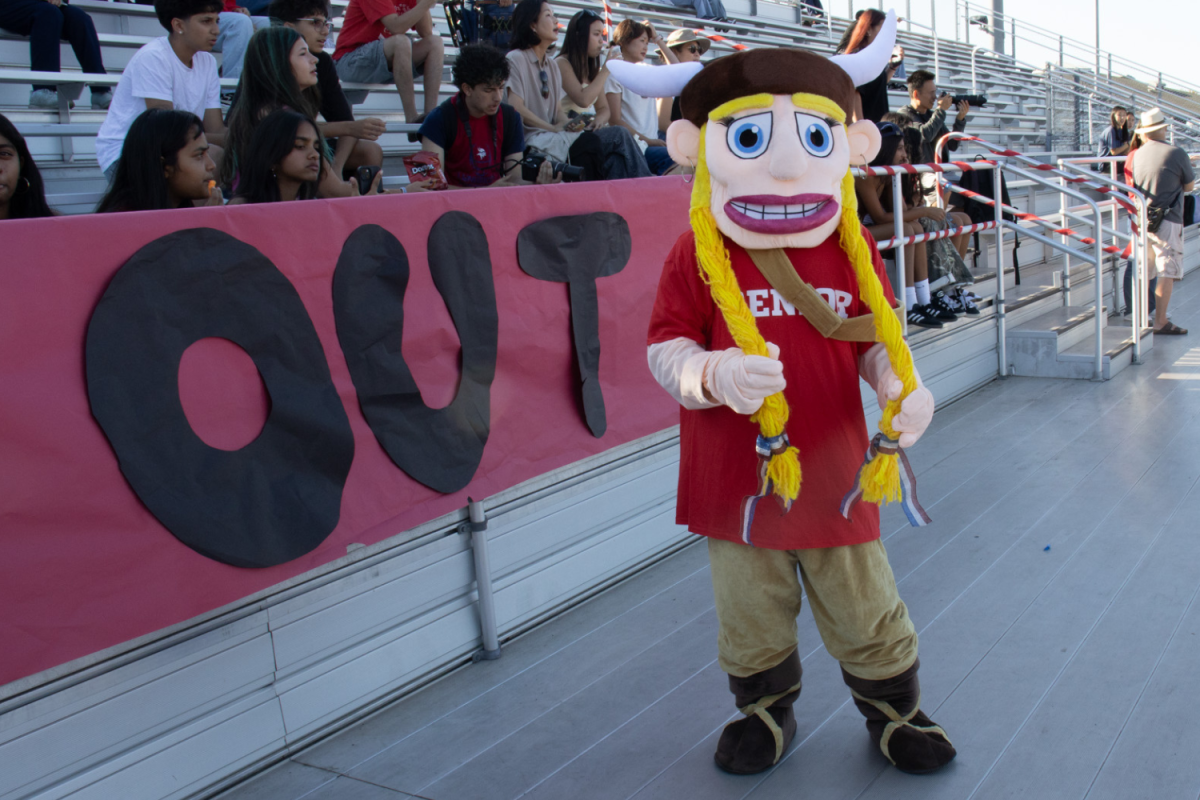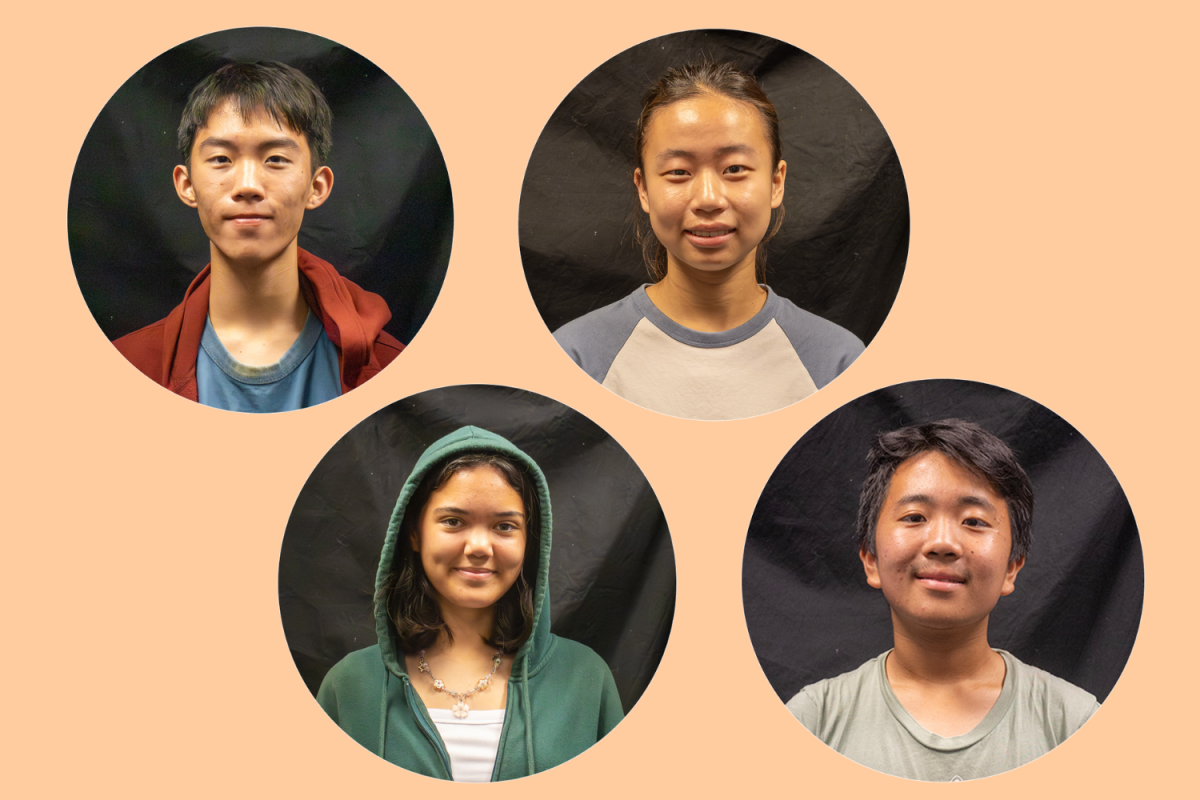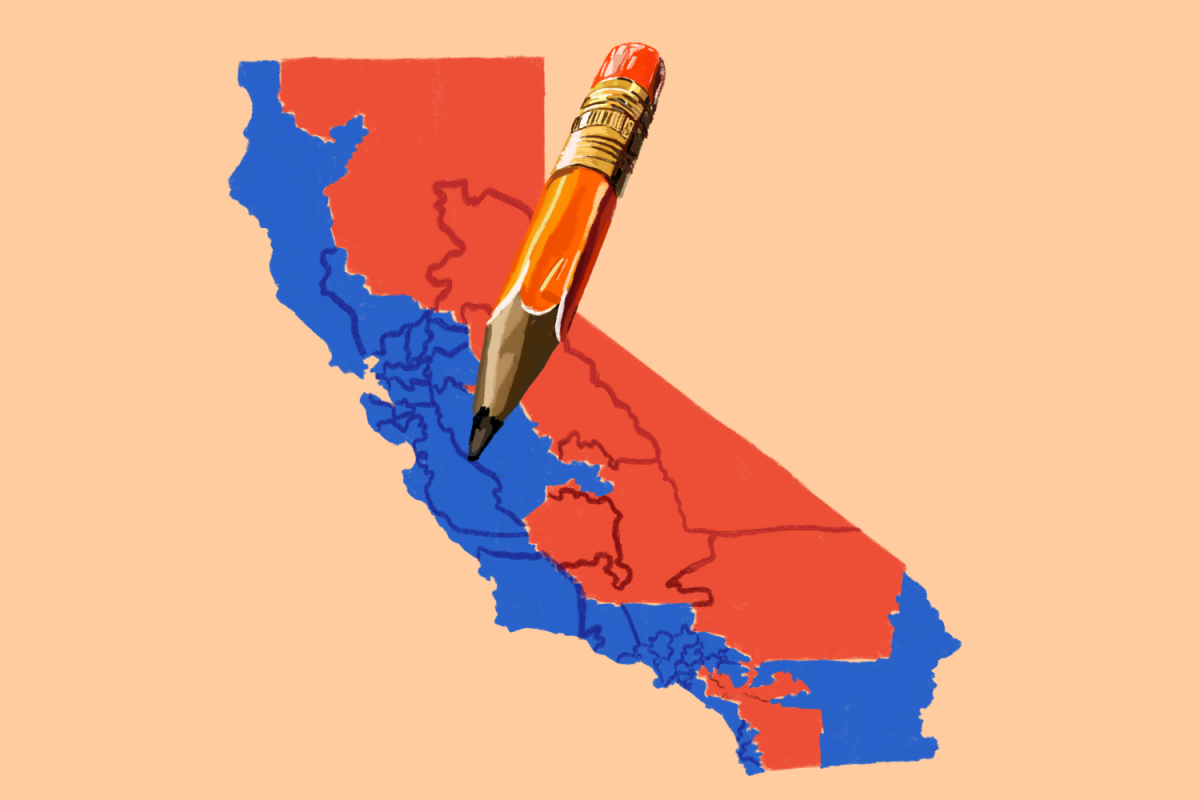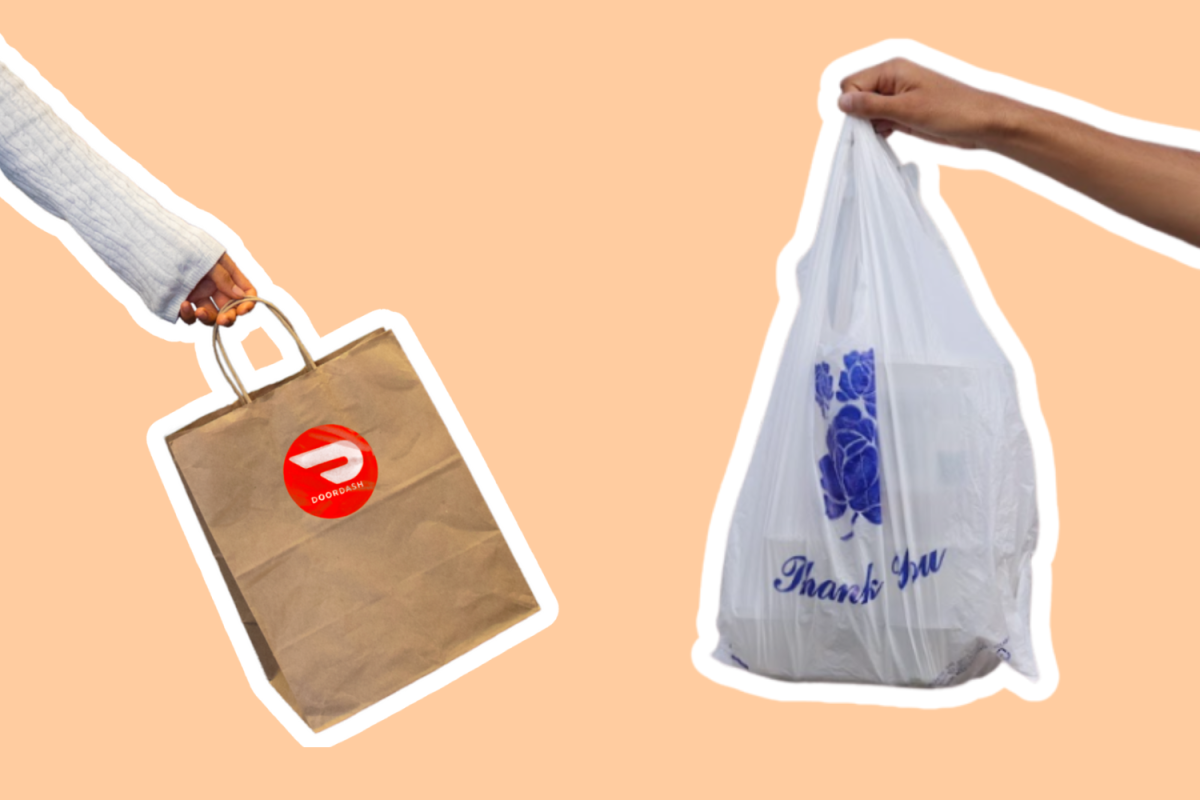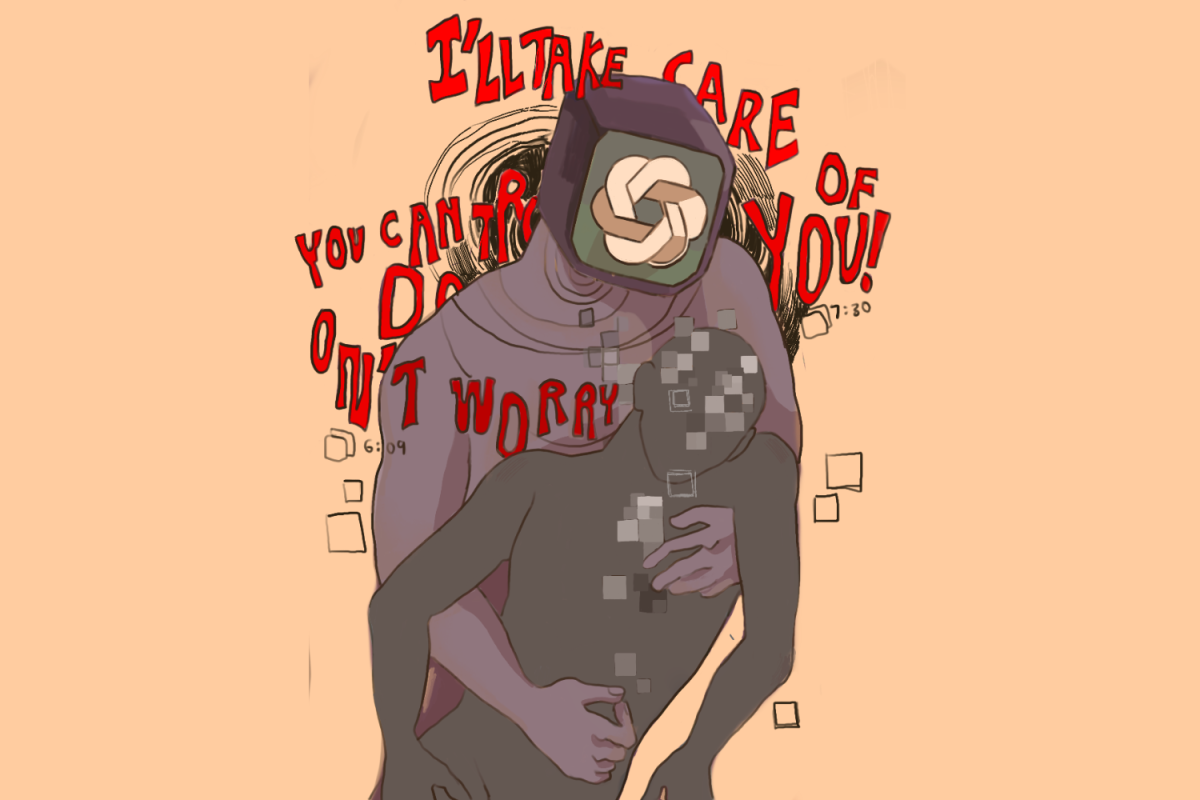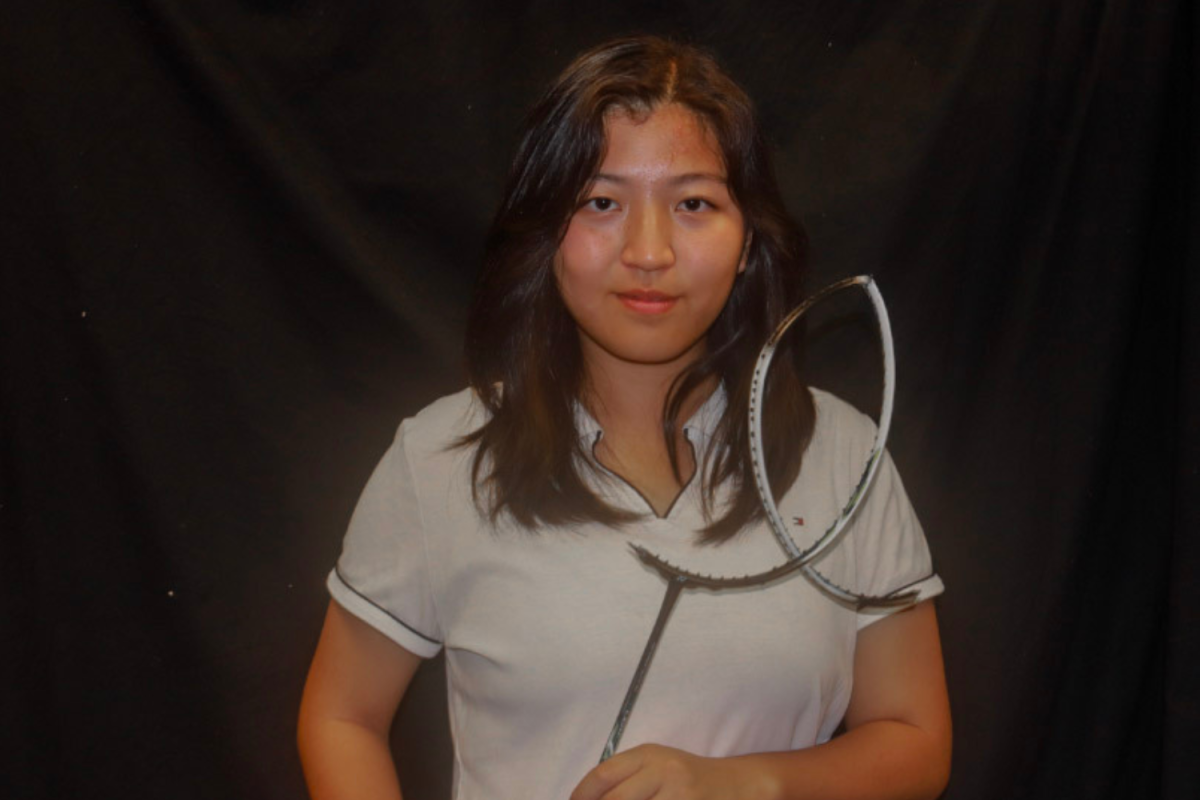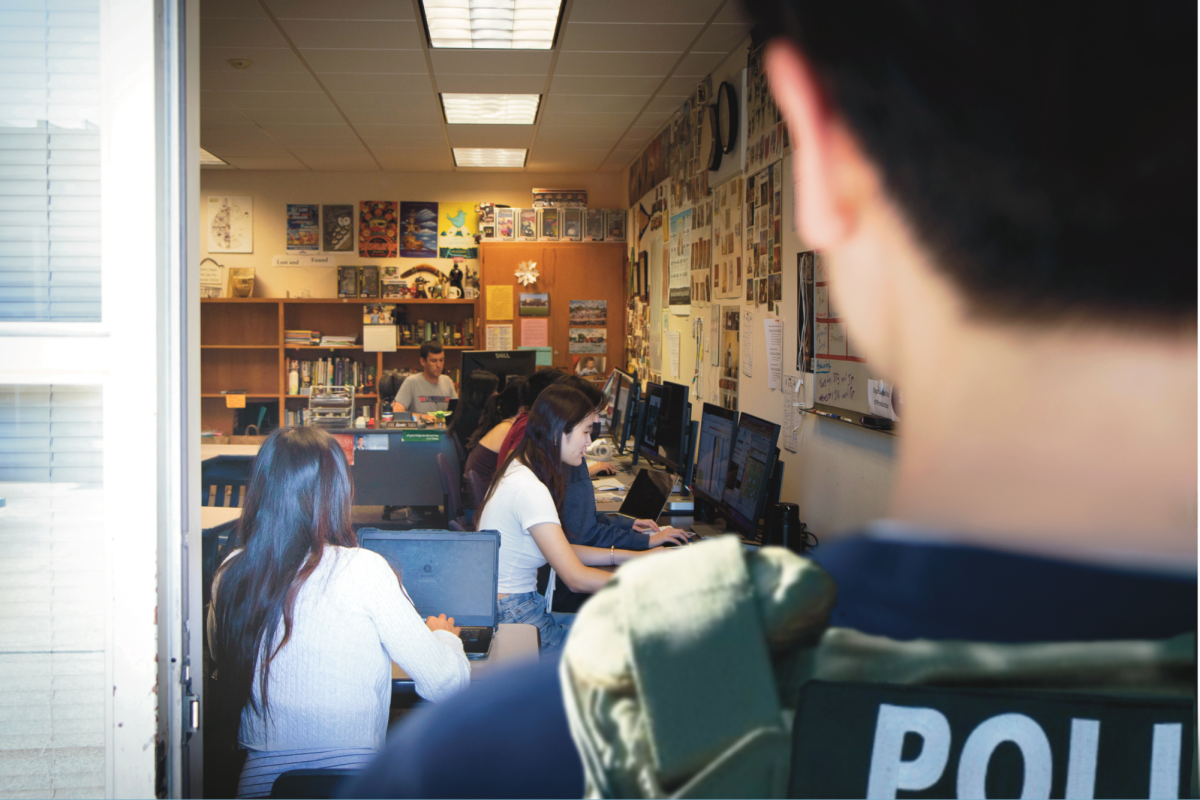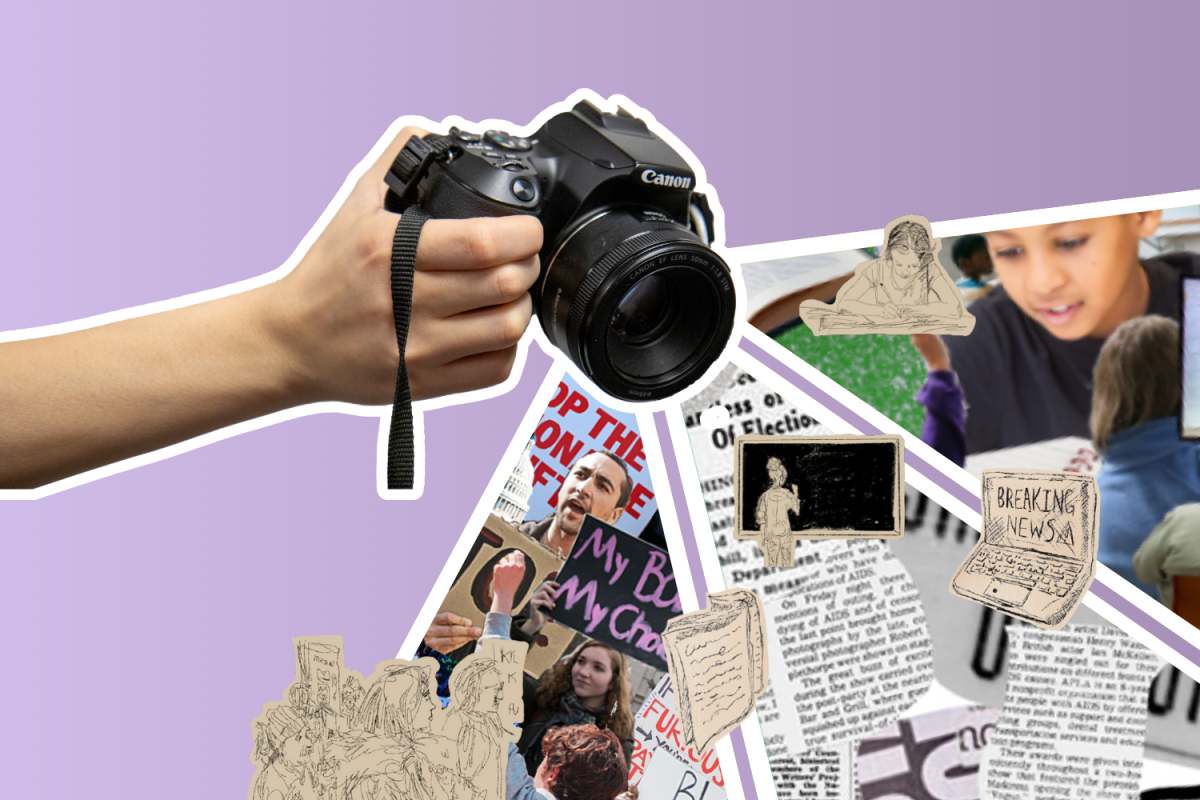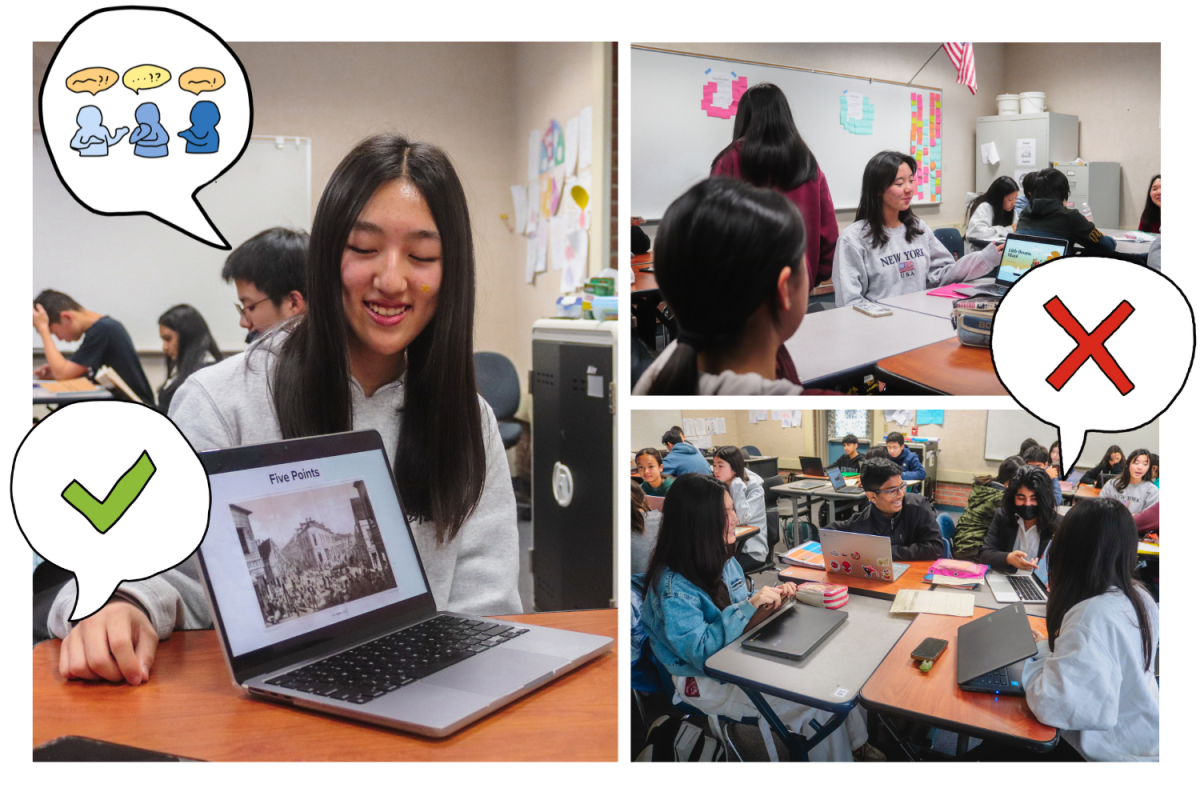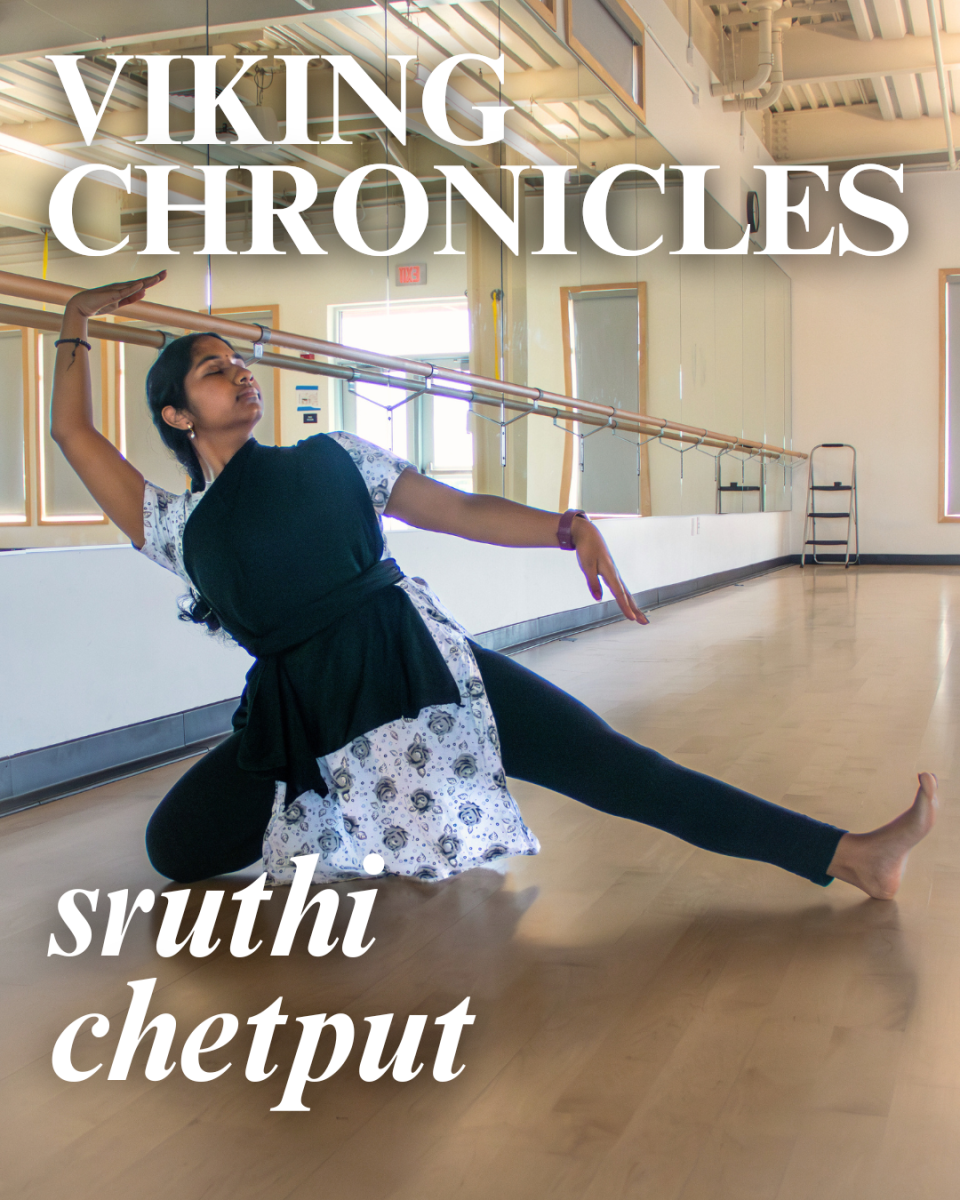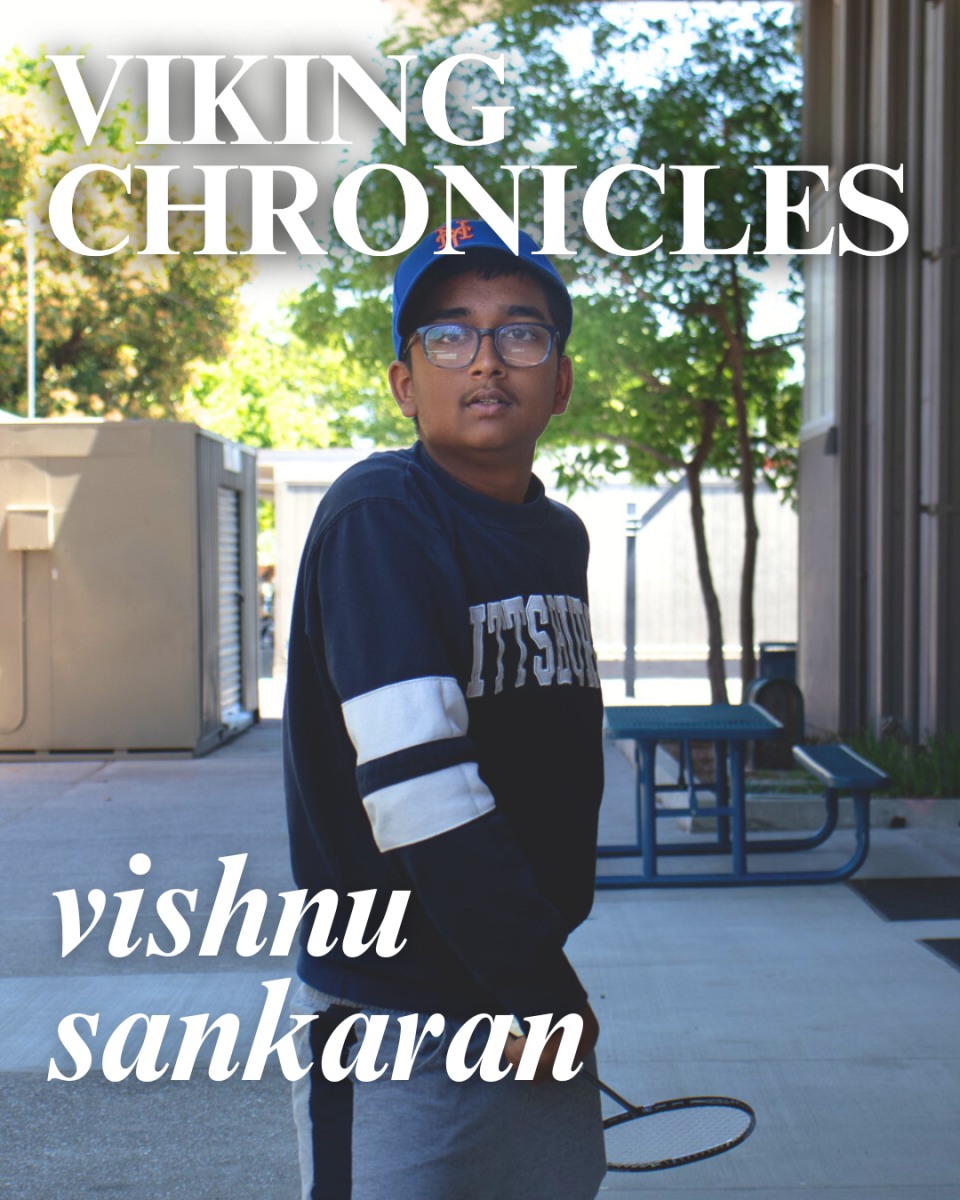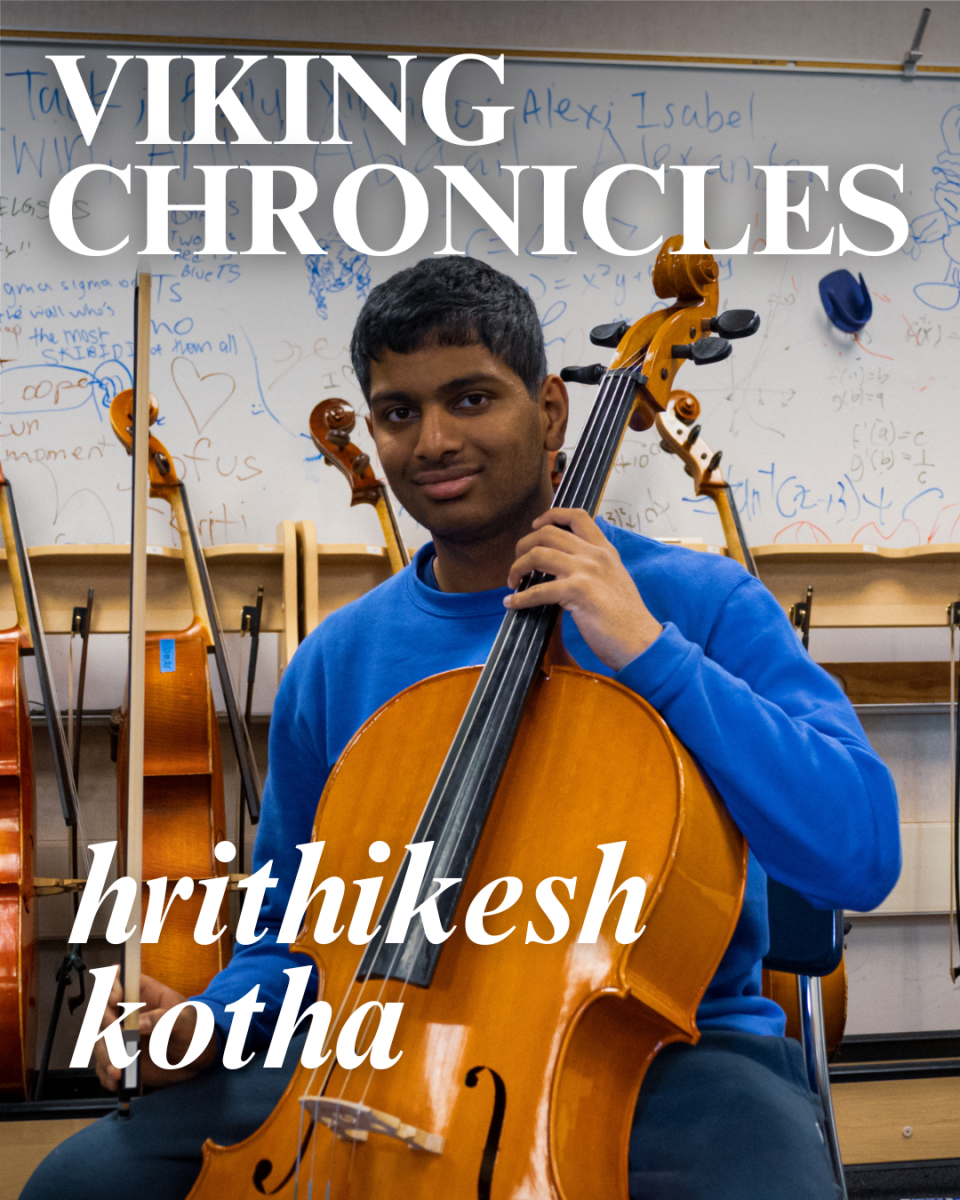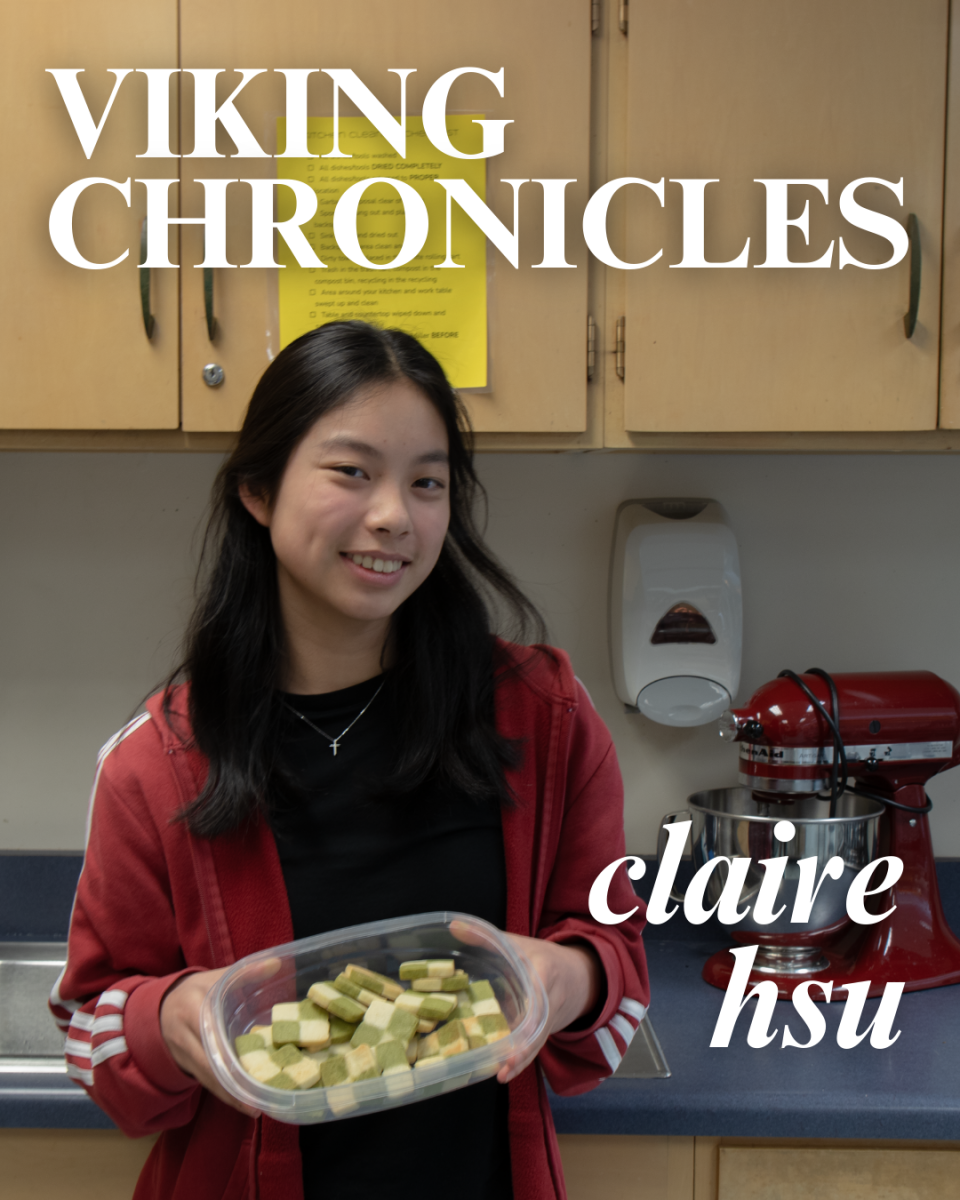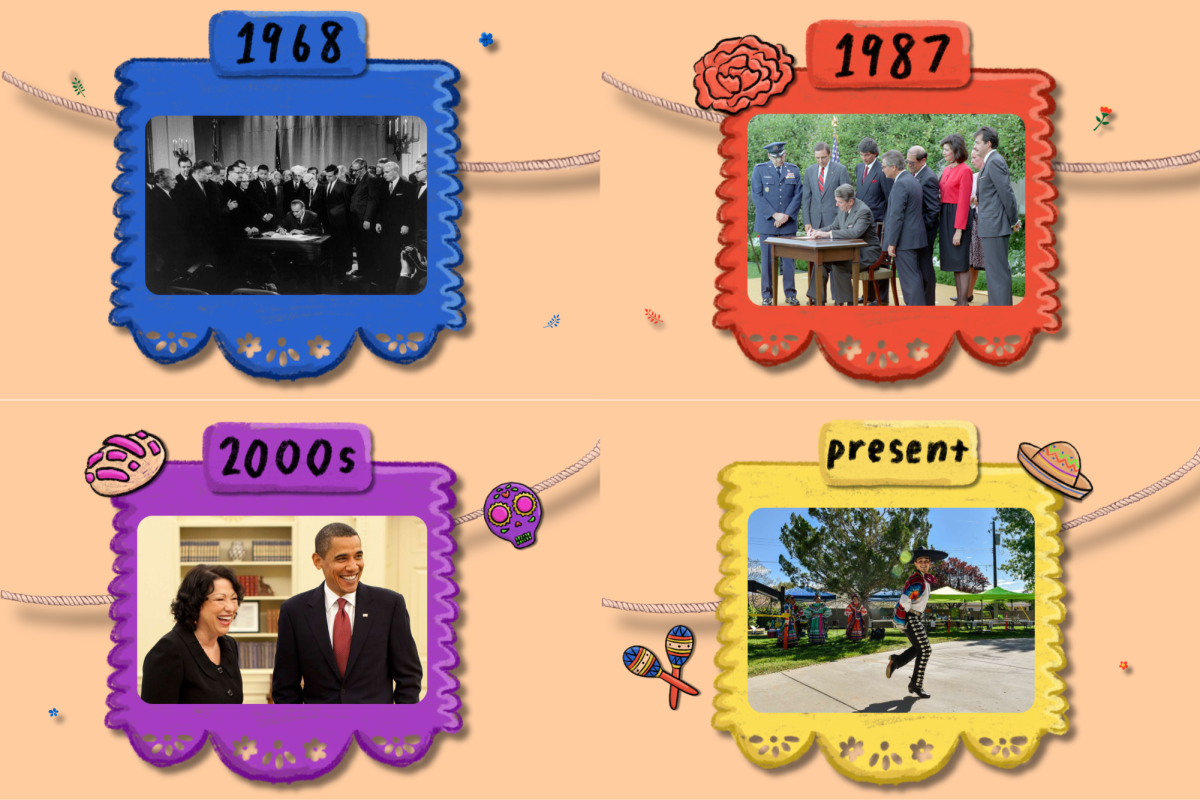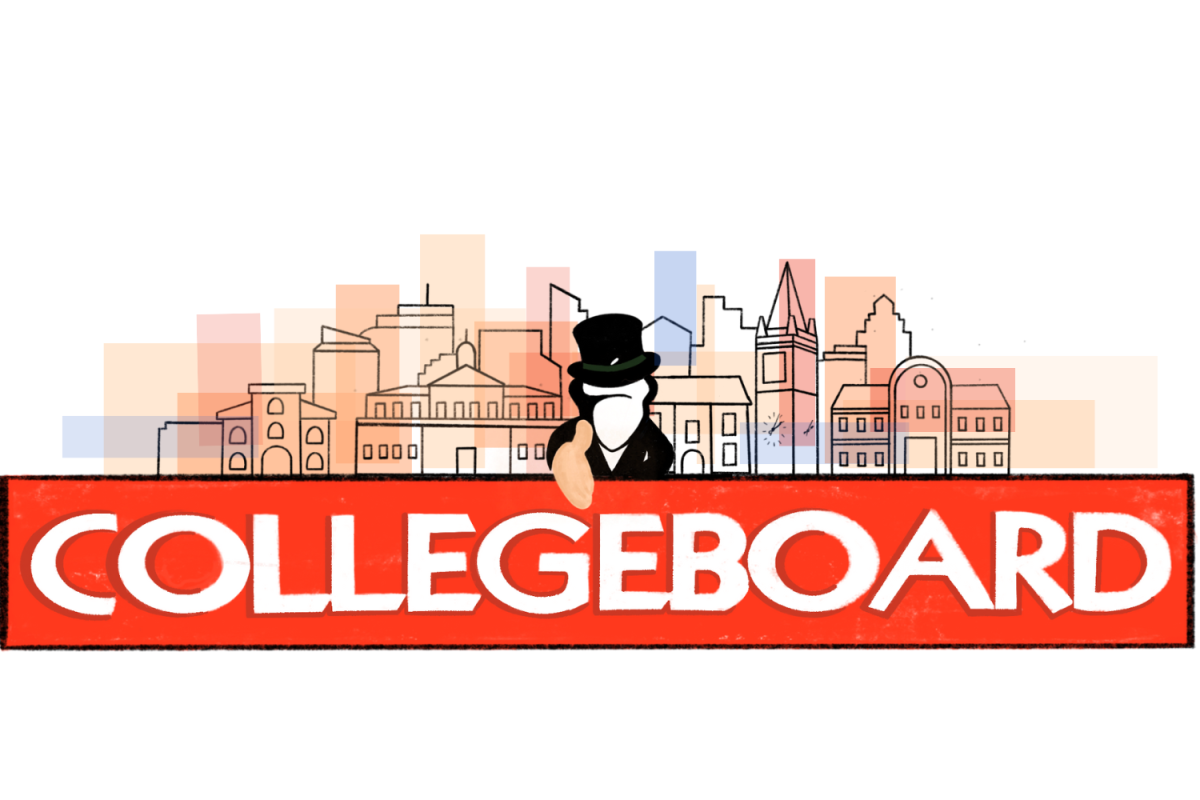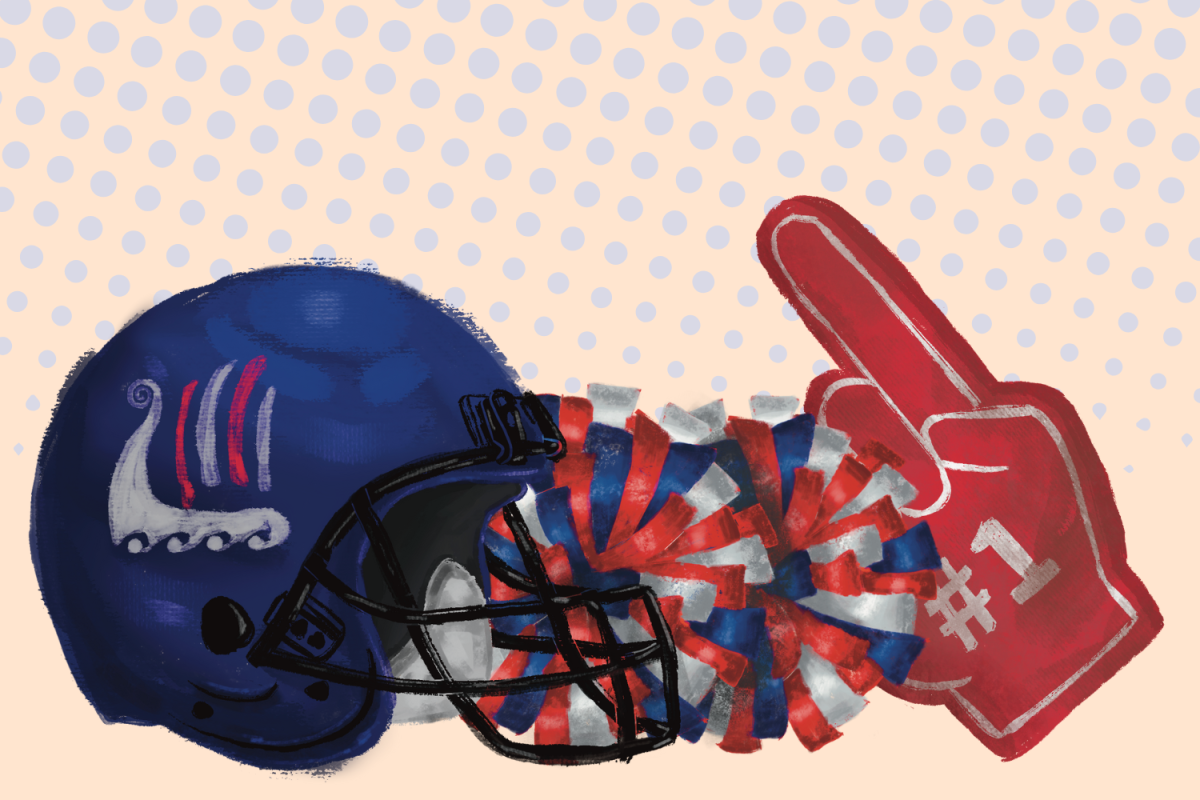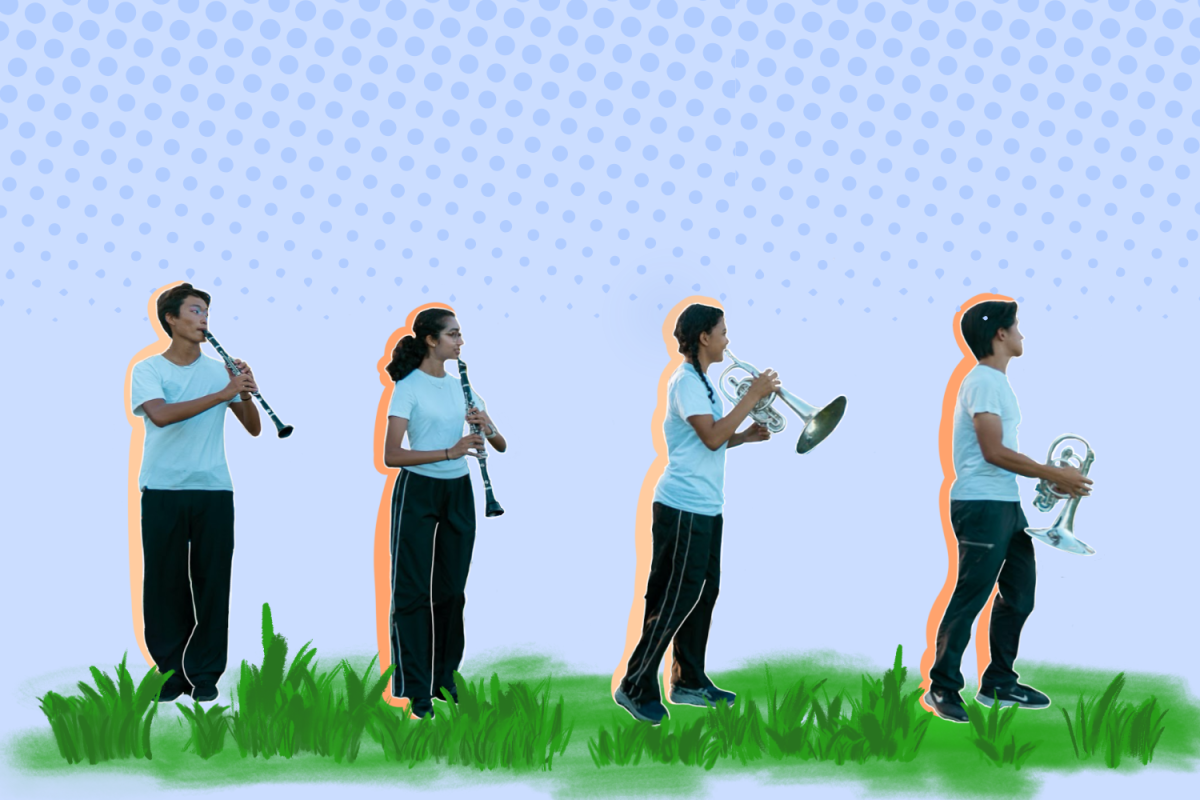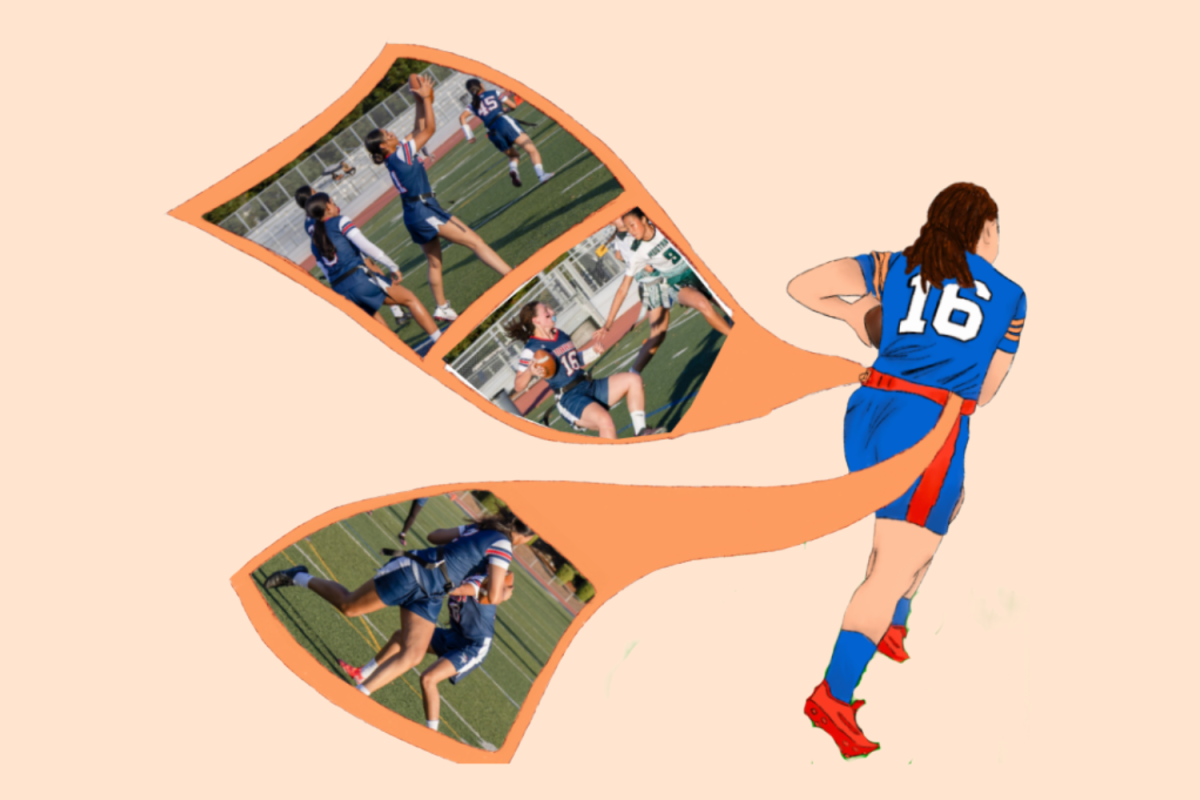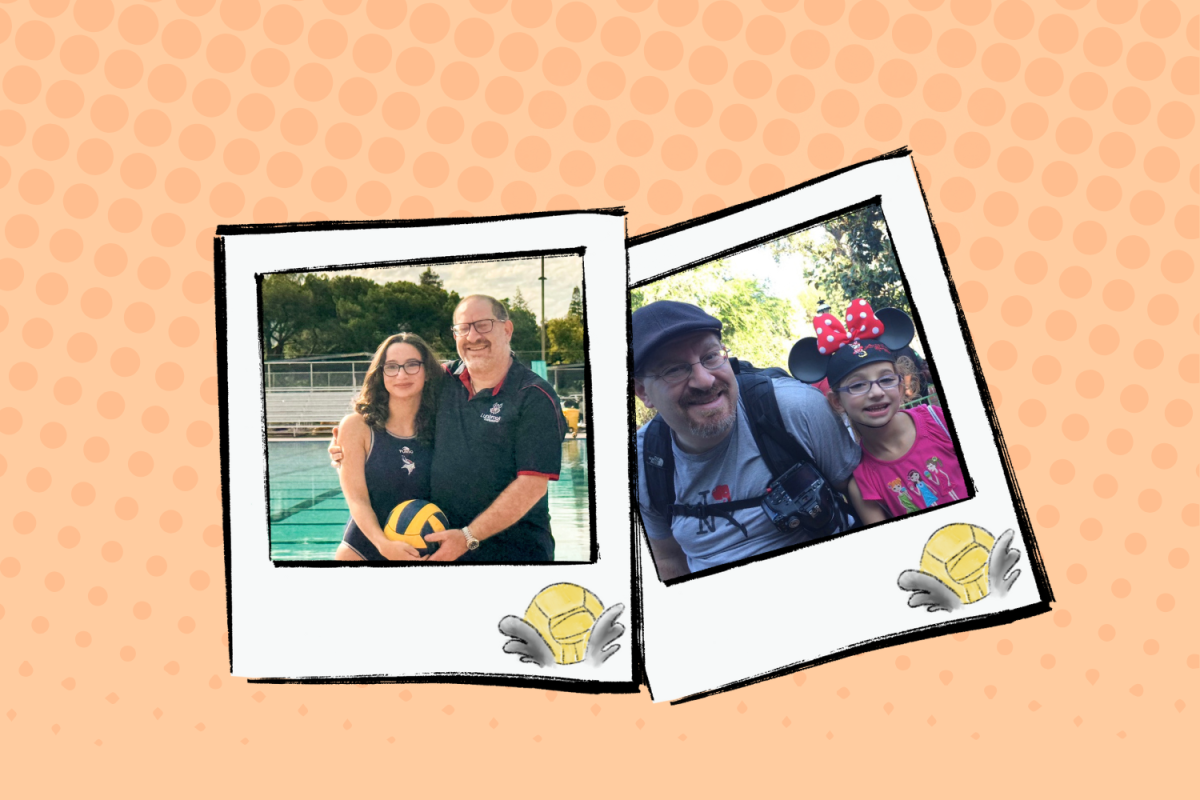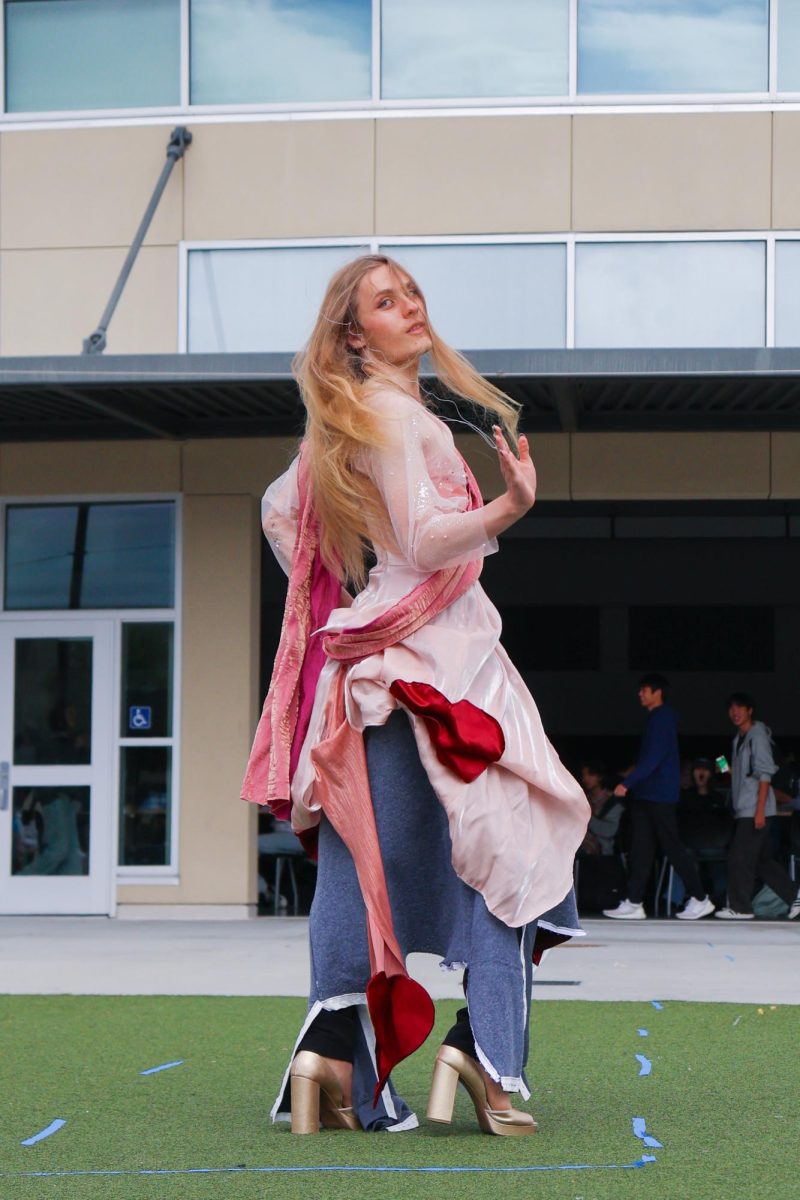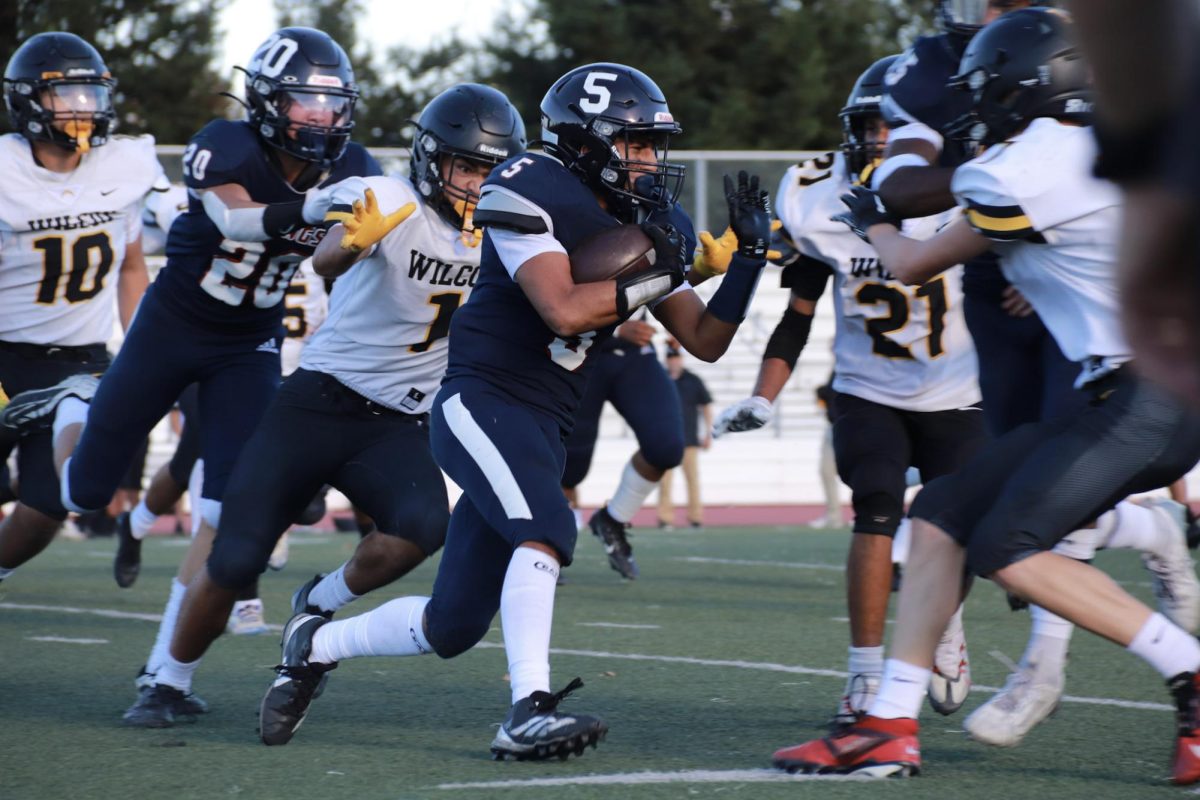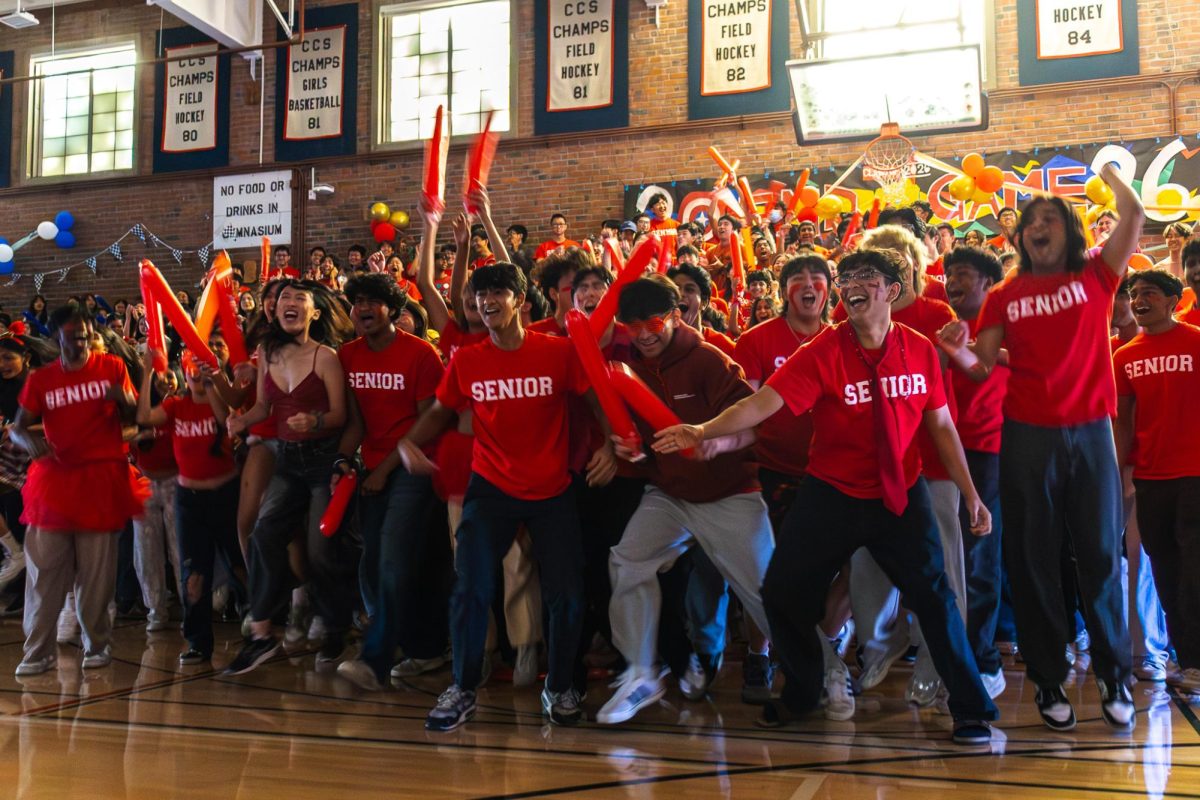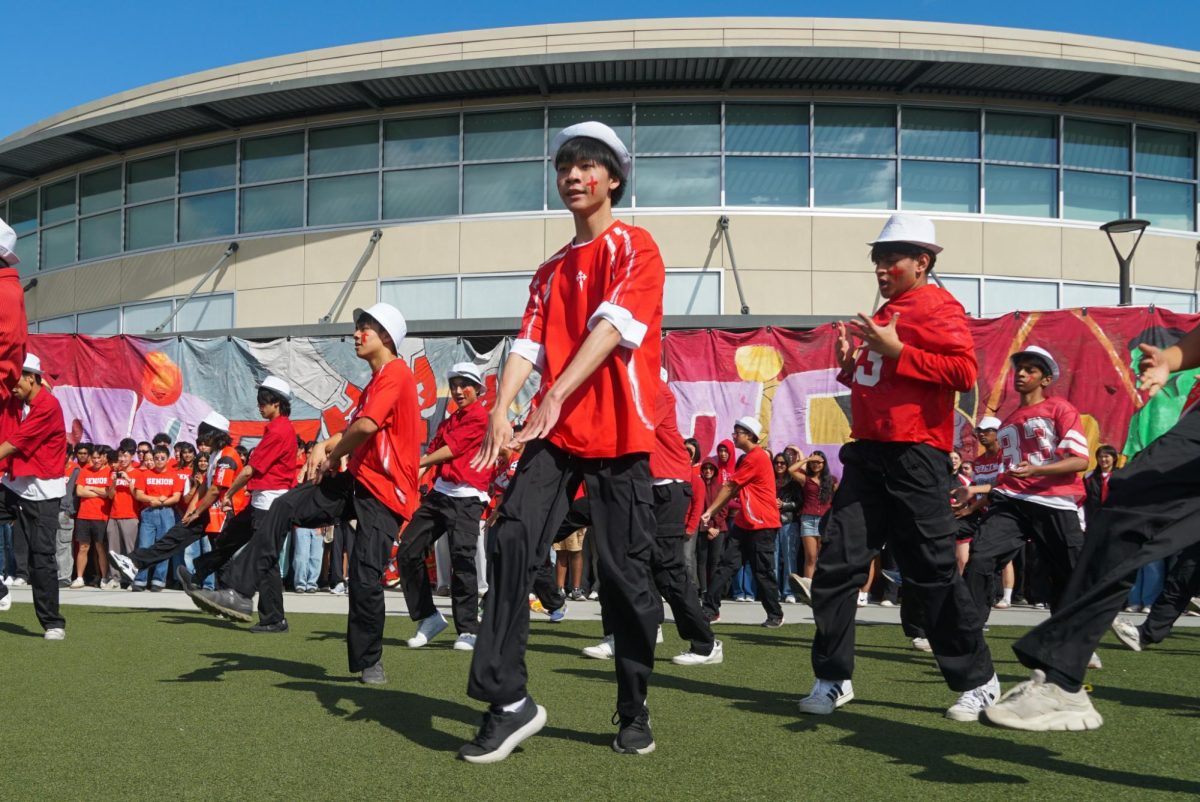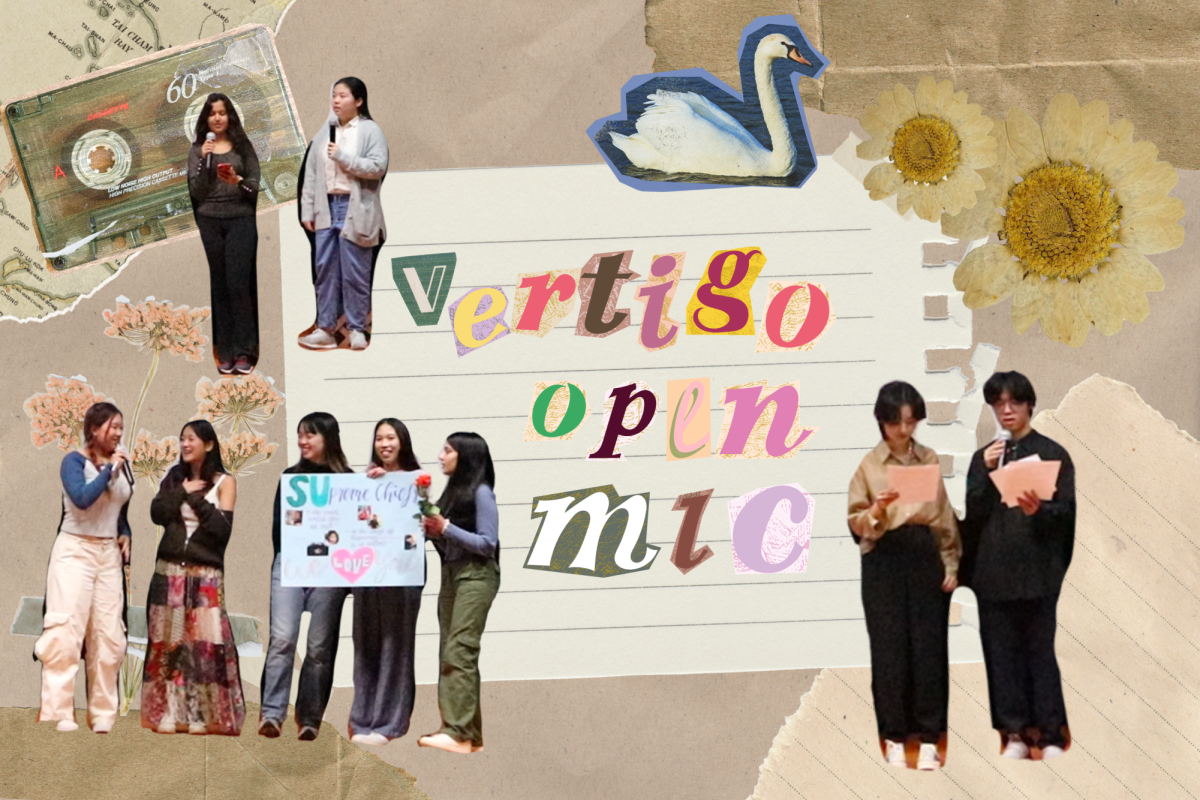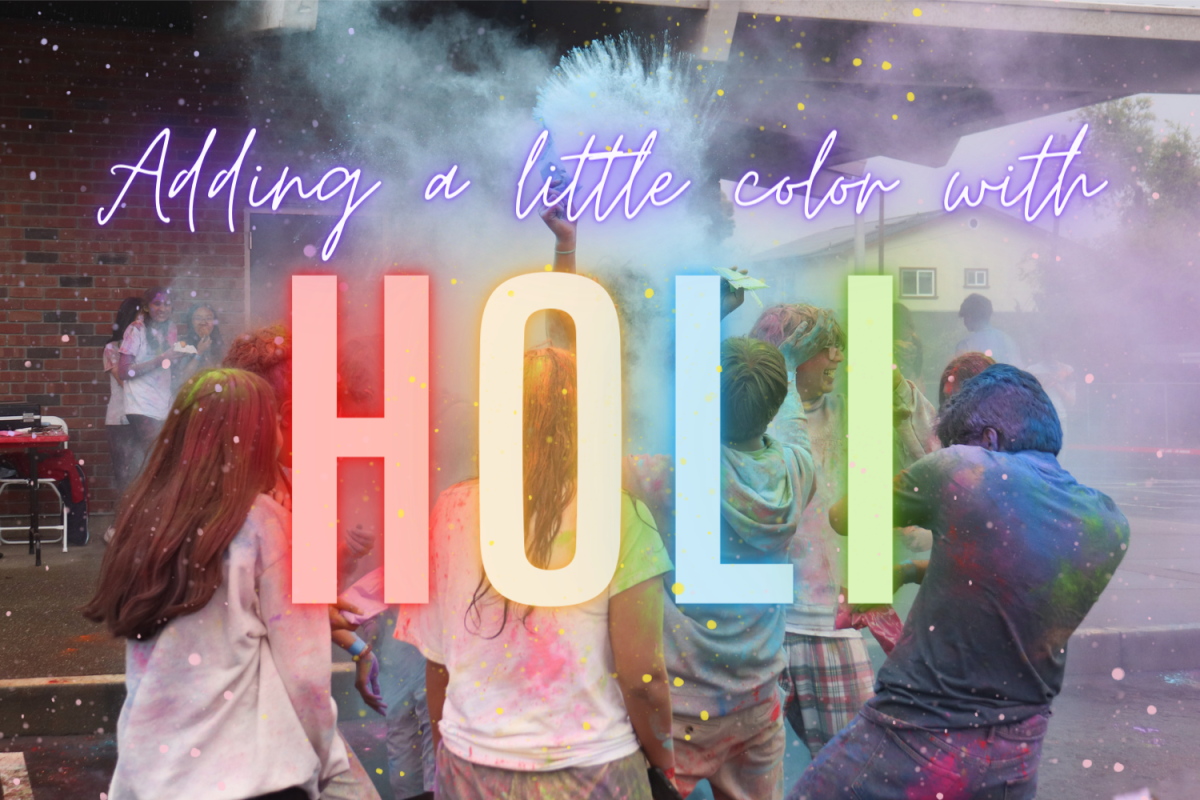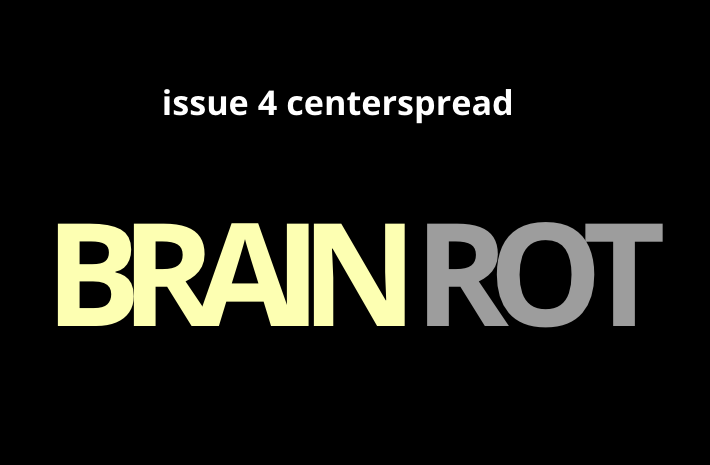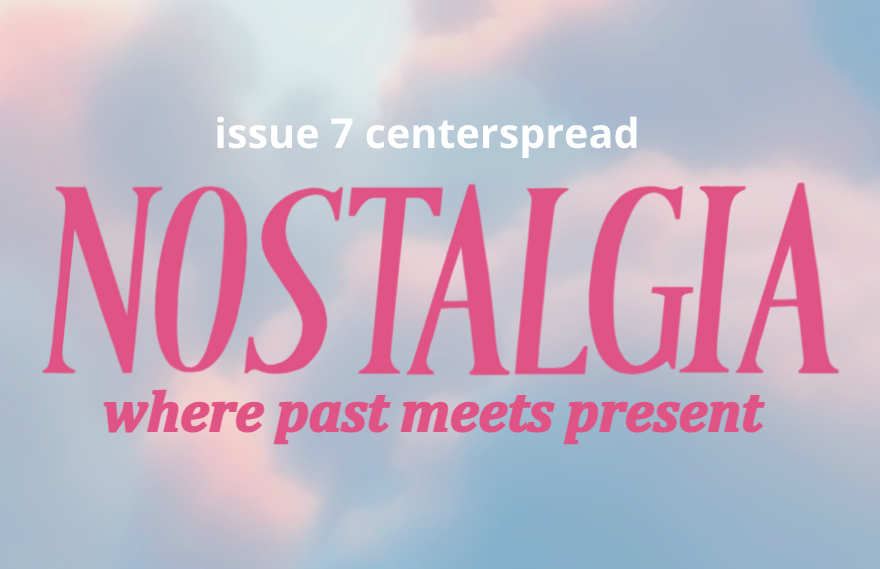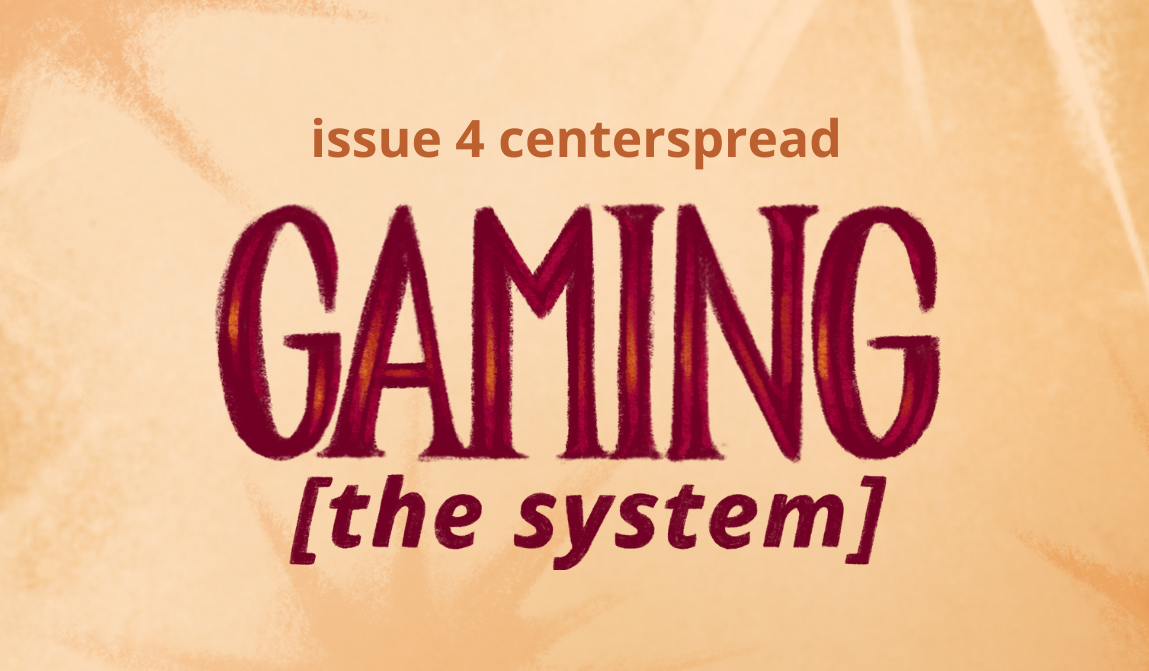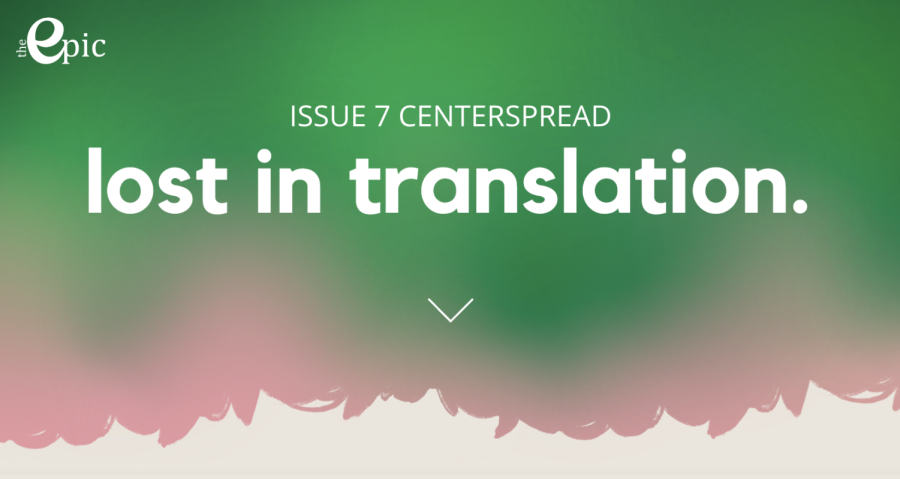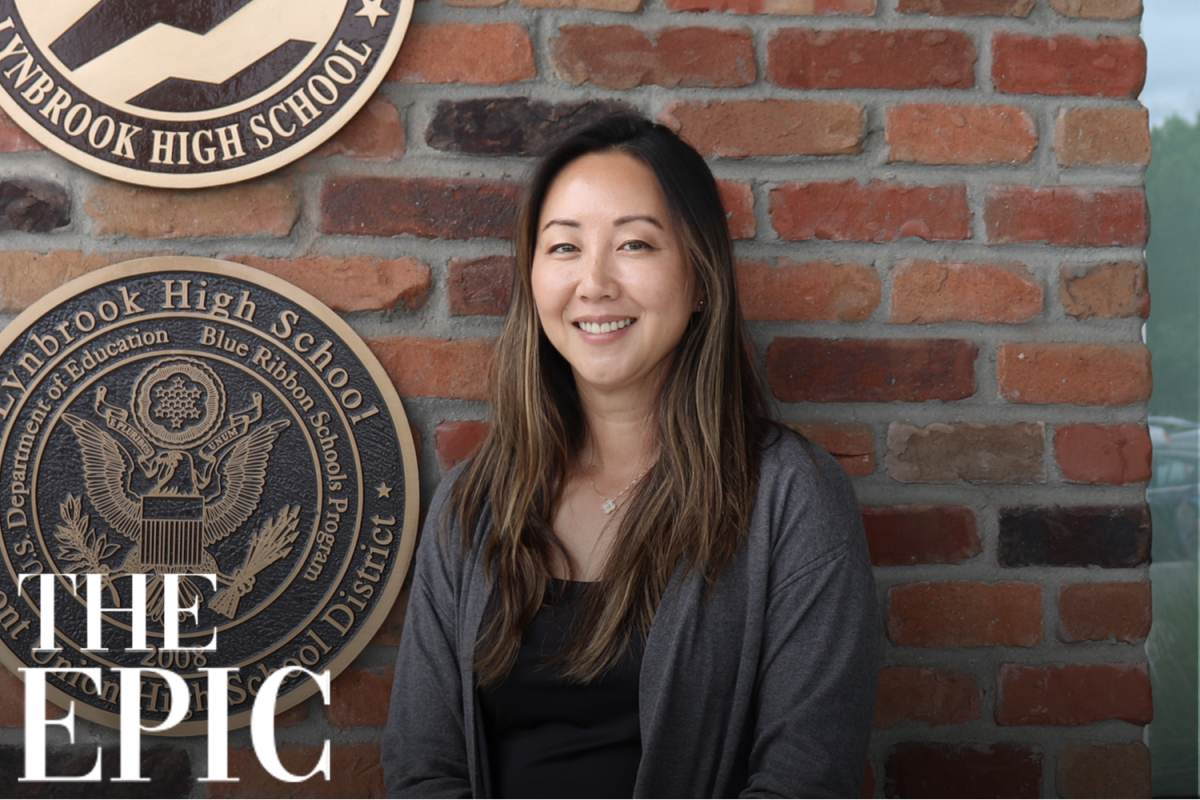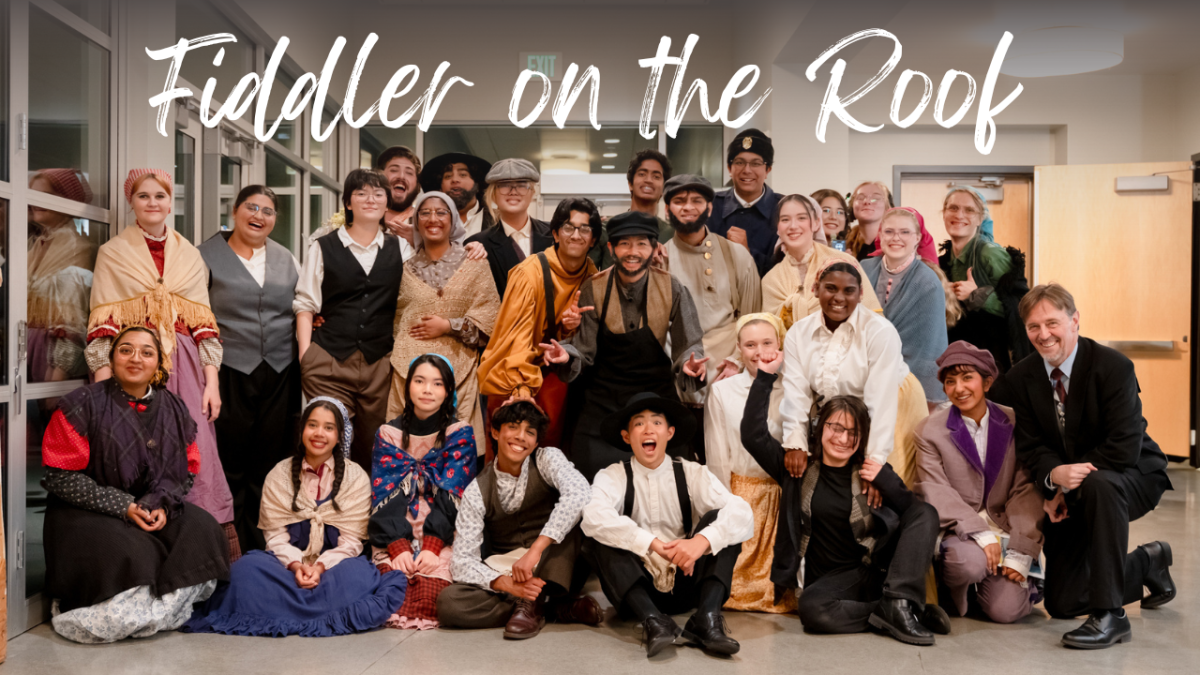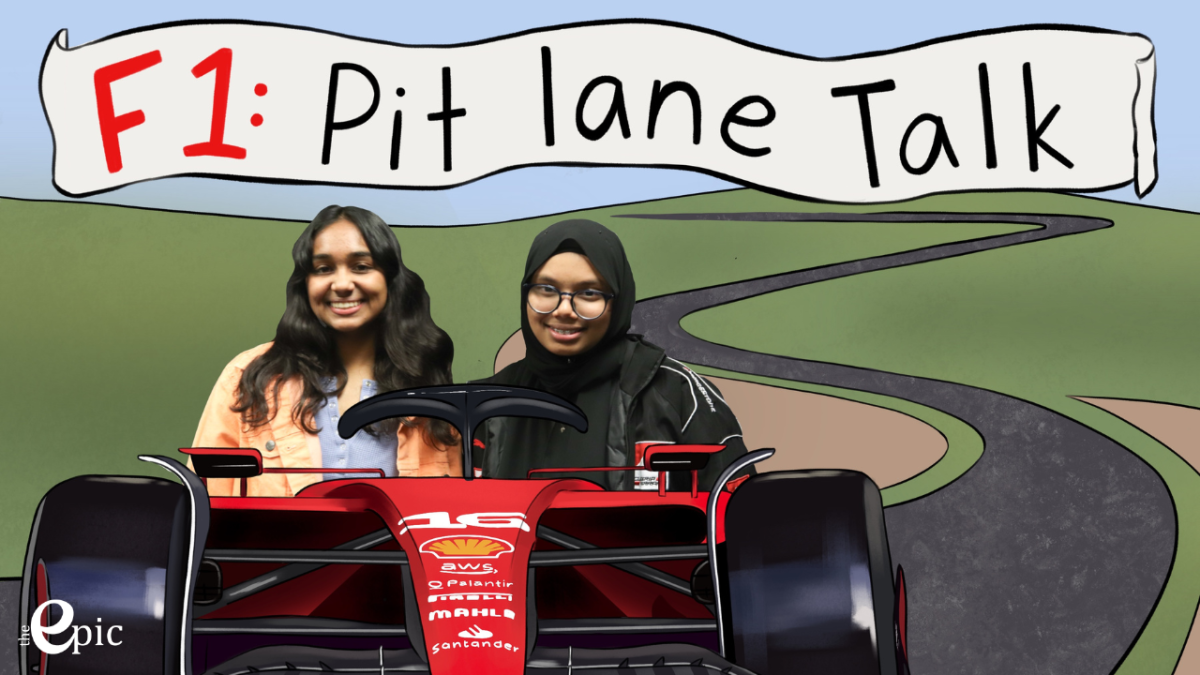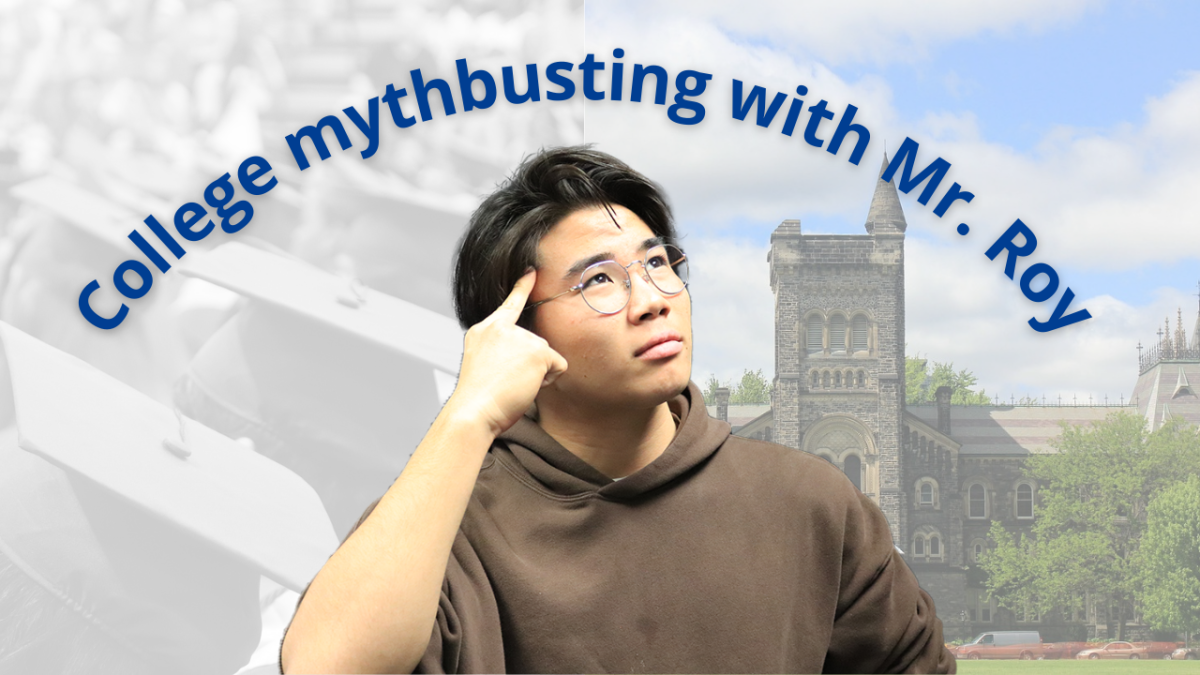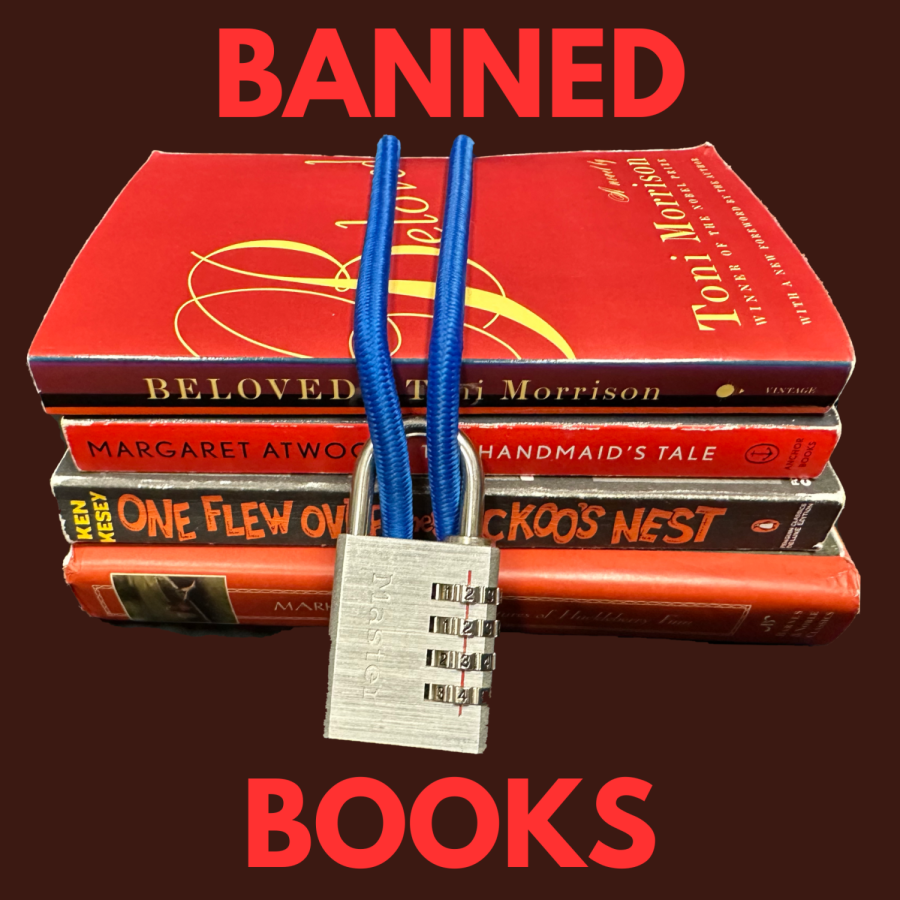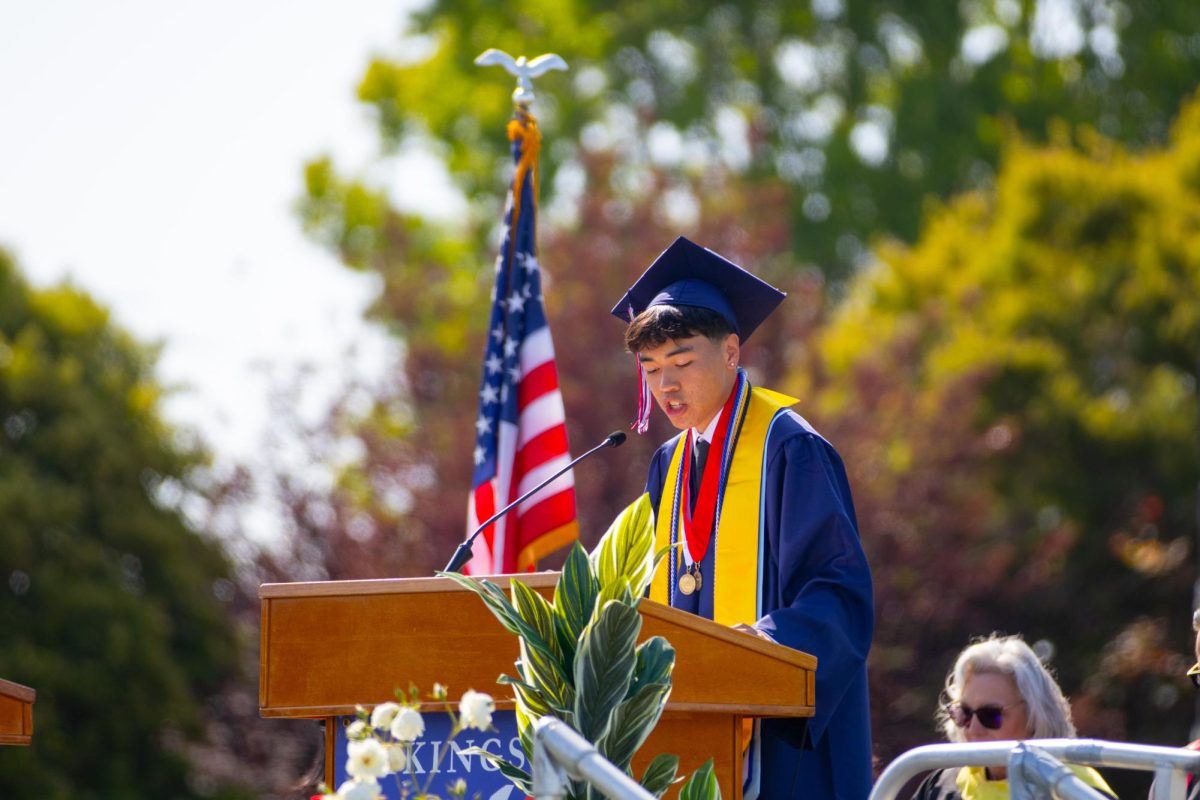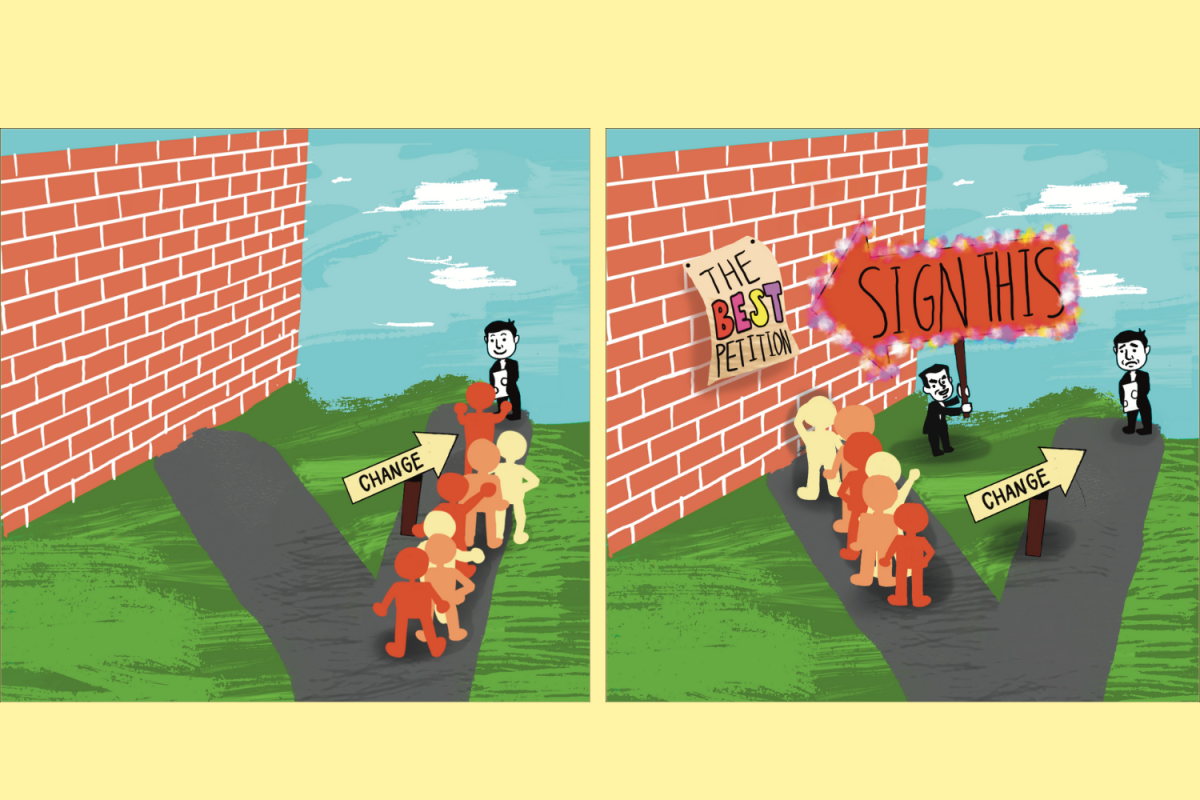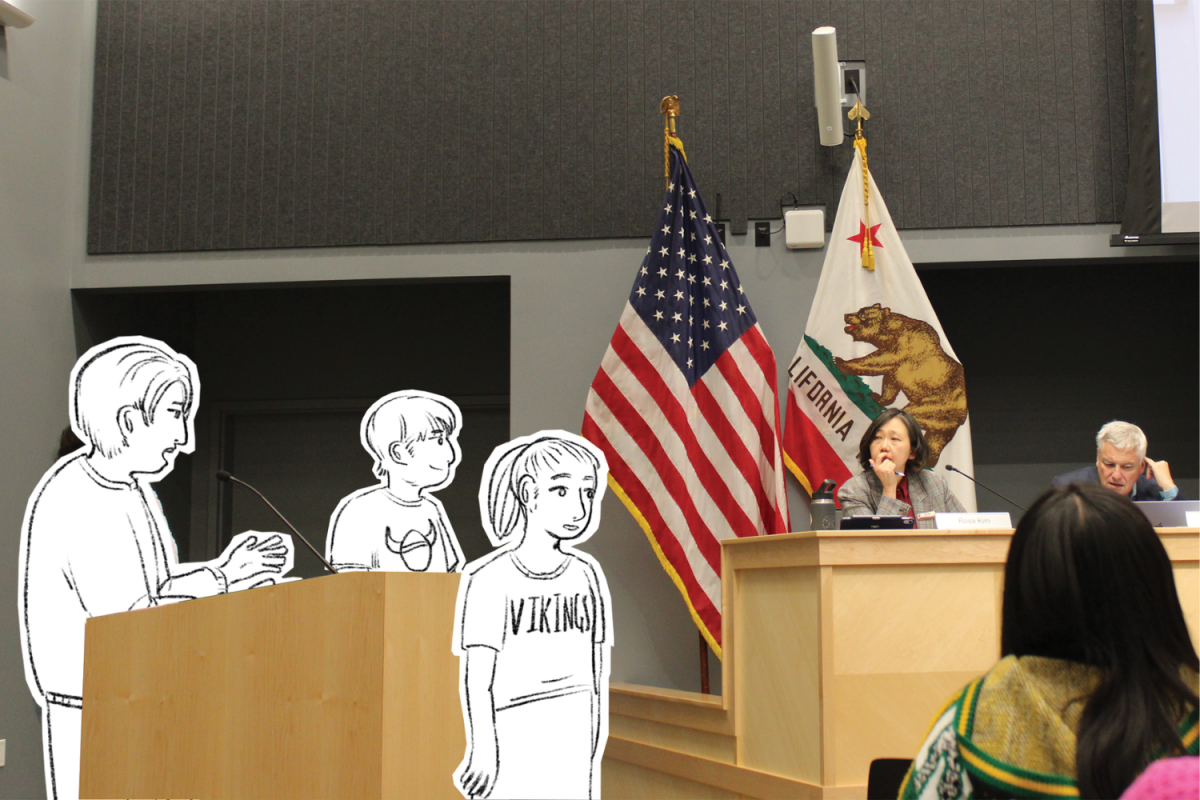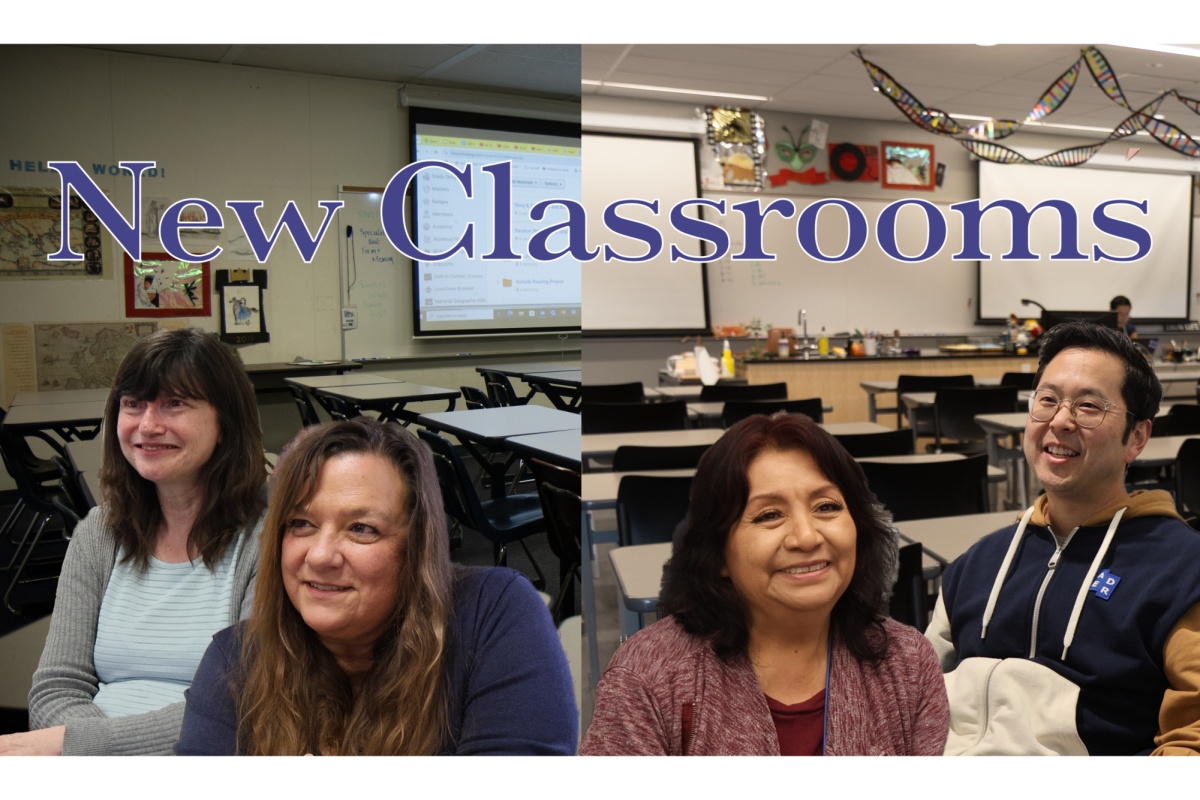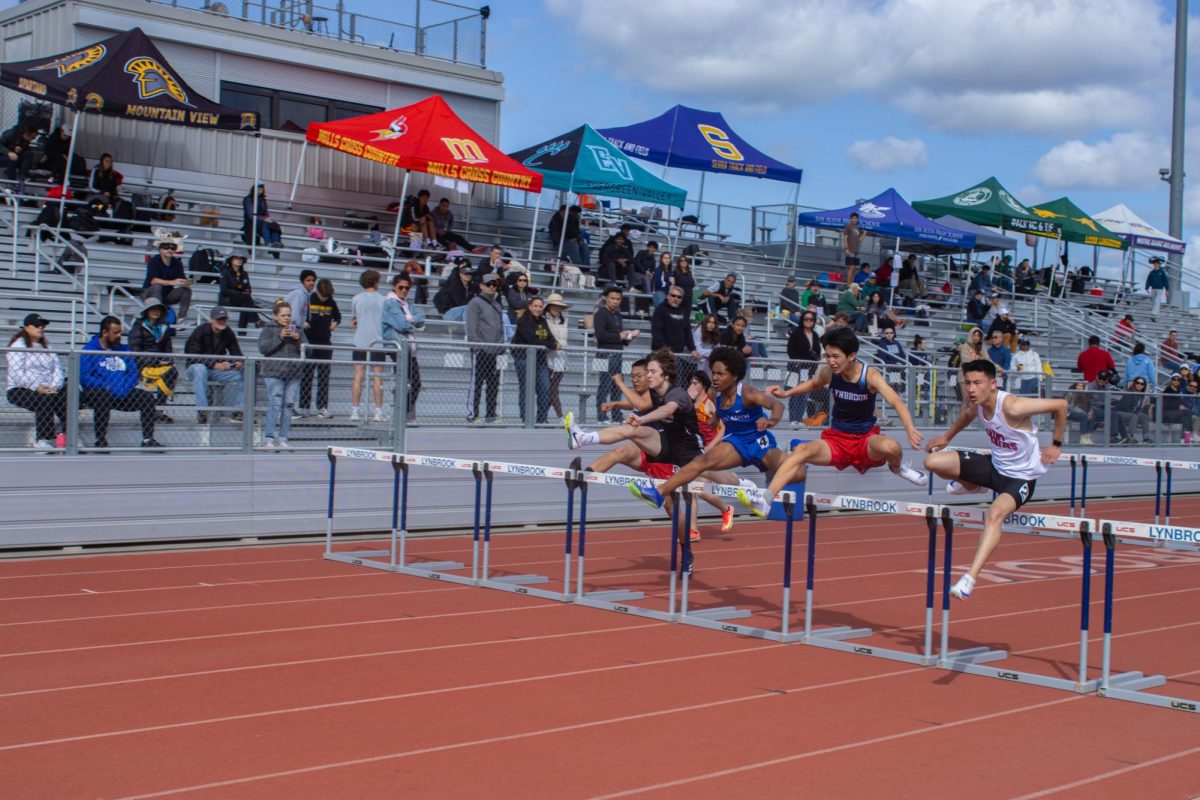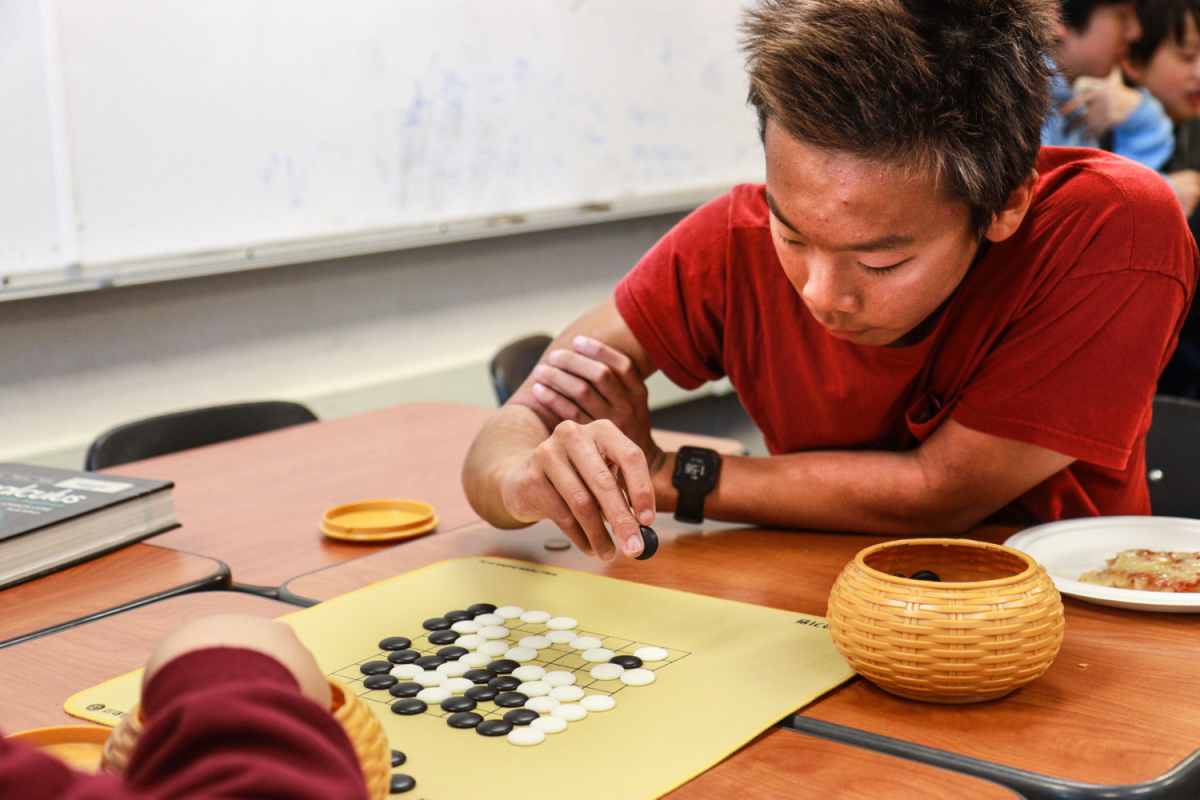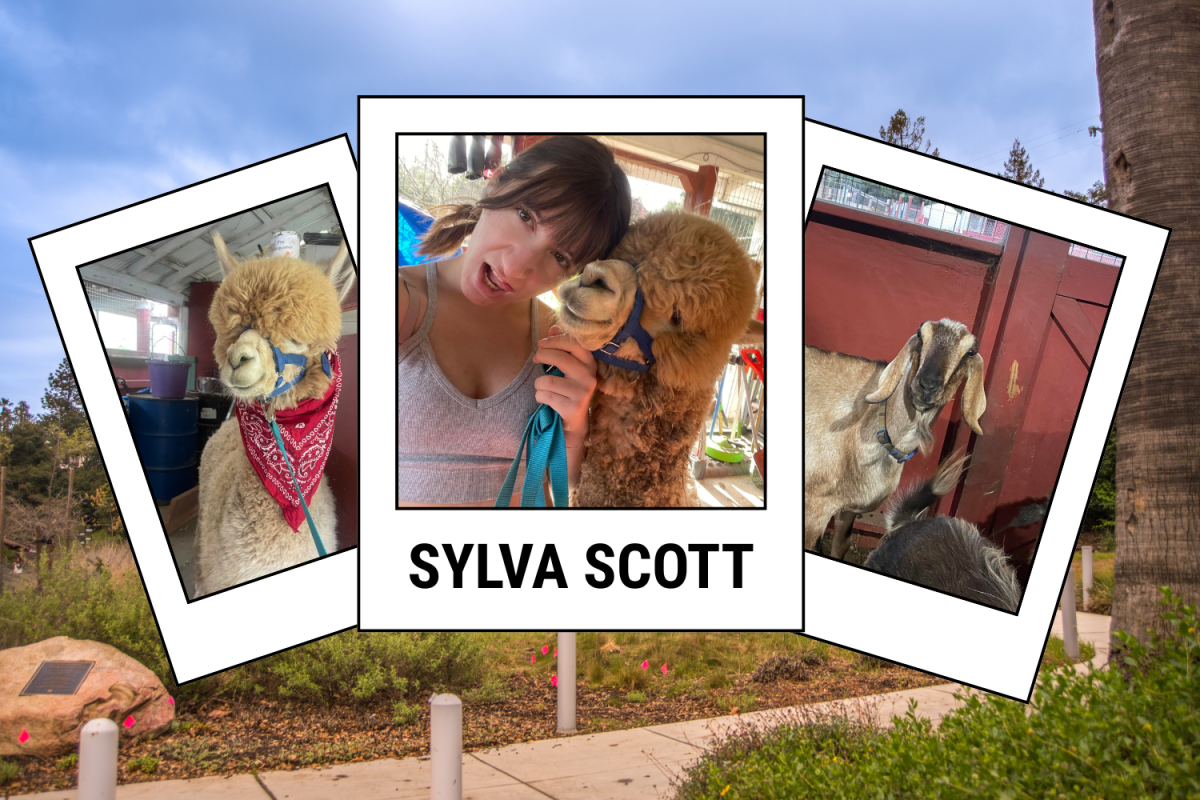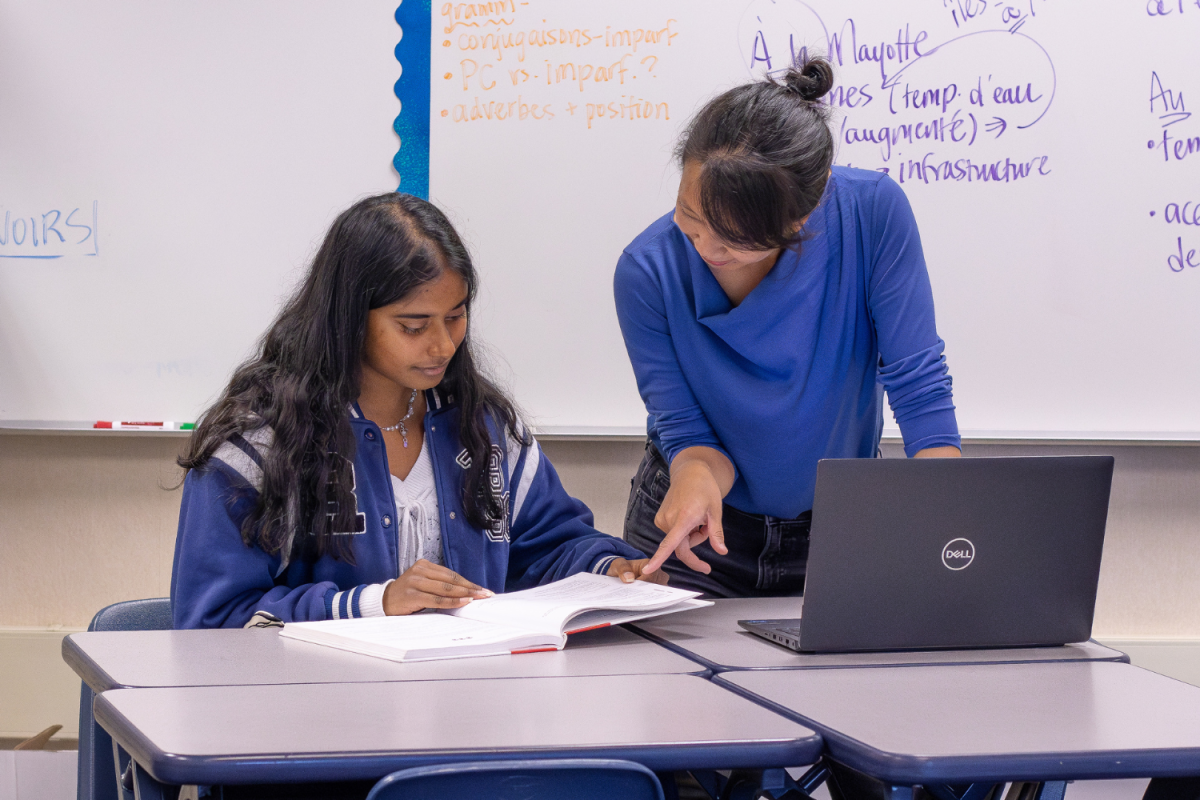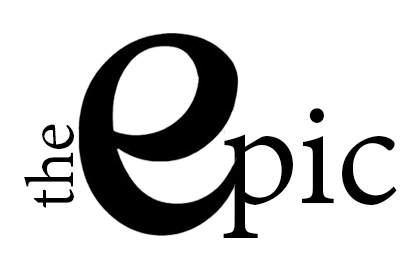Every morning, students all over the world open their phones to the millions of headlines, updates and social media posts flowing through the internet. Whether it’s breaking news or fear of another global pandemic, information is everywhere — but it’s not always trustworthy, and the consequences of misinformation can be enormous. On April 18, President Donald Trump posted a doctored image of a Maryland man’s tattoos on Truth Social, implying he was in a gang, following the man’s wrongful deportation. The image was reposted over 6,000 times. By further implementing media literacy into the school curriculum, students take a step toward ensuring that they are responsibly consuming and producing information, both in and out of the classroom.
In recent years, social media platforms have eliminated safeguards for misinformation and disinformation, including Meta, which recently ended their fact-checking feature on both Instagram and Facebook. While TikTok has continued to work with its fact-checking system partners, the overwhelming amount of content that needs to be fact-checked often renders the process ineffective. The gap in reliable fact-checking online has left the task up to viewers, a step students often avoid due to perceived inconvenience. In fact, more than 50% of social media users don’t fact-check posts before sharing them with their friends.
“Media literacy is the most essential skill that students need to be getting in all of their classes, in high school and even as early as elementary school,” journalism teacher and FUHSD English curriculum lead Julia Satterthwaite said. “Based on the world that we live in, to prepare kids to be life-ready, they need to be able to know if what they’re consuming is fact or fiction.”
Traditional media can also lead people down a rabbit hole of selective reporting and half-truths. In addition, over-reliance on AI tools such as ChatGPT to write essays or research projects can build poor research habits taken into adulthood. These erode critical thinking skills, lowering the quality of students’ work and ability to understand complex issues. AI sometimes creates false data, misinforming both the student and possibly those around them.
“Lots of students use information created by artificial intelligence because it looks good,” teacher librarian Amy Ashworth said. “If you’re not double-checking where the information is actually coming from, you’re going to fall into a trap.”
To combat the influence of misinformation on students nationwide, some schools have adopted media literacy courses, where students learn to evaluate information thoughtfully and ask critical questions about the information they consume. A few states such as California, Illinois and New Jersey have made it mandatory for schools to instruct their students in media literacy. At Lynbrook, each freshman, sophomore and junior English class receives teacher librarian Amy Ashworth’s lesson on the CRAAP test — evaluating currency, relevance, authority, accuracy and purpose. This test encourages the habit of fact-checking before any use of information, teaching students how to approach each piece of information they encounter online.
“I think the majority of students get information from their friends or social media,” freshman David Dai said. “A lot of times, people I know tell me things that are untrue. When I see news on social media, I often send it to my friends first.”
Teachers and students can build on the CRAAP test through different exercises, such as analyzing articles with false information and emphasizing the importance of annotated bibliographies. Students can also contribute to this effort in their own time by exploring different bias-checking sites like Ground News and AllSides.
“Students need to understand how different publications have left-leaning or right-leaning agendas,” Satterthwaite said. “This is why it’s really important to evaluate and confirm before sharing something.”
While Lynbrook’s English courses have taken the initiative to prepare students for the increase in misinformation online, it’s important to ensure that these lessons are implemented across all classes. This includes STEM courses where reliable and accurate research can often be at the heart of the subject, such as biology and statistics.
Aside from learning media literacy, students also have the option of participating in the creation of responsible media through journalism programs in their schools. Each FUHSD high school has its student press — El Estoque at Monta Vista High School, The Phoenix at Fremont High School, The Epitaph at Homestead High School and The Prospector at Cupertino High School.
“Journalism is how most people find out what’s going on in the world,” senior Smera Jain, Editor-in-Chief of The Phoenix, said. “Still, not all journalism is honest and accurate, so it’s something that contributes to misinformation because news outlets might have biases.”
Each press adheres to journalistic ethics, ensuring that participating students also perform responsible research and interviewing for their stories.
“Students hear a lot of rumors and spread things,” El Estoque Entertainment editor and junior Isabelle Kok said. “Especially since Monta Vista had many threats, it can be really easy for things to get out of control, which is why it’s so important for student journalism to portray these events sensitively and accurately.”
In a society struggling to fight misinformation overload, being well-informed is vital, which is easiest when media literacy and responsible journalism work hand in hand. Students can contribute to this effort by submitting letters to the editor to local newspapers, where readers can share their experiences as well as opinions on past articles. Aside from journalism, students have many opportunities to build media literacy skills in daily life. Through Socratic seminars in class, research projects and more, students should take the opportunities that their teachers give them to question and analyze their sources and perspectives under a more critical lens. In today’s social climate where facts are often distorted and accurate reporting is silenced, contributing to a healthy, well-informed environment for discussion in the classroom and beyond is essential.




